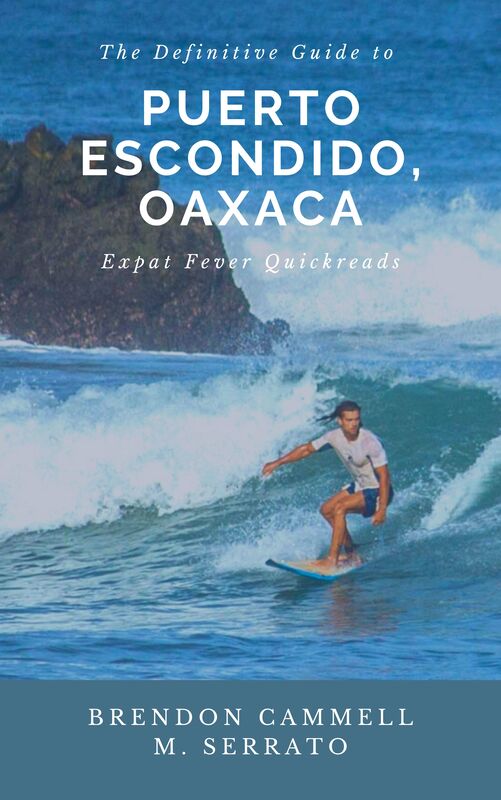|
Costa Rica’s digital nomad visa program offers an exciting opportunity for remote workers to experience the “pura vida” lifestyle. Foreign residents can work remotely while experiencing the laid-back lifestyle of Costa Rica. This program allows individuals to extend their 90-day tourist visa to a full year, with the possibility of renewing for an additional year. As part of the program, digital nomads are exempt from paying income tax and have access to other benefits such as being able to open a local bank account and validating their driver's license from their home country. Here are the key requirements: Proof of Income:
The digital nomad visa requires a one-time application fee of $100 and a registration fee of $902. Overall, obtaining the visa is relatively straightforward if you meet the income criteria and have the necessary documentation, and there are numerous attorneys that offer the filing of this paperwork as a legal service. As a digital nomad, Costa Rica offers a mix of enticing advantages and potential challenges. Let’s dive into the pros and cons:
Pros:
Have you been considering a Golden Visa through Greece? Hurry before it's too late! The chance to obtain an affordable Greece Golden Visa is slipping away. New laws have been passed by the Greek Parliament, officially published on April 5th, 2024. These changes include stricter investment requirements, limitations on short-term rentals, and a higher minimum property size.
According to the latest legislation, investors can still apply under the previous minimum threshold in the Athens region with a 10% down payment until August 31, 2024. The full investment must be made by December 31, 2024, and property construction must be completed by April 30, 2025. This means that there are a few extra months available for interested individuals to secure their Golden Visa under the current regulations. Despite the increasing property prices in Greece, smaller islands like Crete and Paros still have options available for as low as €250,000. If you are considering a Golden Visa in Greece, it is advisable to take action sooner rather than later. El Salvador, a small country in Central America, is quickly becoming a popular destination for expats from around the world. Under President Nayib Bukele, El Salvador has experienced "one of the most spectacular declines in crime anywhere in the world." Once considered a violent and unsafe country, El Salvador currently has the lowest homicide rate in all of Latin America (in 2023). With its stunning landscapes, vibrant culture, and welcoming locals, it’s no wonder that more and more expats are choosing to call El Salvador home. The Allure of El Salvador El Salvador is a country of contrasts, where modern cities coexist with ancient Mayan ruins, and where Pacific coast beaches are just a short drive from towering volcanoes. The country’s rich history and culture, combined with its natural beauty, make it a fascinating place to live and explore. El Salvador is very close to the U.S. in terms of flight times; the shortest flight back to the U.S. only takes 2h 40m (Miami to San Salvador El Salvador Intl), making El Salvador a great retirement destination if you need to return to the United States frequently. Natural Beauty El Salvador is known for its natural beauty. From the stunning beaches of the Pacific coast to the lush green mountains of the interior, there’s something for everyone. The country is also home to a number of national parks, where you can hike, bird watch, or simply enjoy the great outdoors. Vibrant Culture
El Salvador’s culture is a blend of indigenous and Spanish influences, which can be seen in everything from the food to the architecture. The country is also known for its vibrant festivals, which celebrate everything from religious holidays to local harvests. Welcoming Locals One of the biggest draws for expats is the friendliness of the Salvadoran people. Known for their hospitality and warmth, Salvadorans are always ready to welcome newcomers into their community. Moving to El Salvador If you’re considering a move to El Salvador, there are a few things you’ll need to know. You can travel to El Salvador for tourism or business for up to 180 days without a visa. In order to obtain a long-term stay or permanent residency visa, foreigners must present the El Salvadorian embassy with a passport that has a minimum of six months validity left on it. There are multiple types of residency options available, including rentista and retiree visas. El Salvador also has recently launched a new Freedom Visa Program, targeted at entrepreneurs and high-net-worth individuals seeking to relocate, which will offer a quick path to dual citizenship. The Benefits of Living in El Salvador Living in El Salvador comes with many benefits. The cost of living is relatively low compared to many Western countries, and the country has a good healthcare system. Additionally, as an expat in El Salvador, you’ll have the opportunity to learn Spanish, immerse yourself in a new culture, and make friends from all over the world. El Salvador offers a unique and enriching experience for expats. With its natural beauty, vibrant culture, and welcoming locals, it’s a place that’s well worth considering as your new home. Are you a globetrotter with a knack for adventure and a desire to make a difference? Or perhaps a highly skilled professional looking for a fresh start in a vibrant, up-and-coming destination? If so, El Salvador’s might just be your golden ticket to a life-changing experience in the heart of Central America.
El Salvador, under the dynamic leadership of President Nayib Bukele, has rolled out an exciting initiative aimed at attracting the world’s best and brightest. The country is offering what Bukele refers to as “5,000 free passports” - essentially granting citizenship to a select group of individuals who excel in fields such as science, engineering, medicine, arts, and philosophy. "We're offering 5,000 free passports (equivalent to $5 billion in our passport program) to highly skilled scientists, engineers, doctors, artists, and philosophers from abroad. This represents less than 0.1% of our population, so granting them full citizen status, including voting rights, poses no issue. Despite the small number, their contributions will have a huge impact on our society and the future of our country." ~President Nayib Bukele This initiative is more than just a call for immigration - it’s a visionary project designed to have a transformative impact on El Salvador’s society and future. And the perks? They’re pretty impressive. Bukele has promised a 0% tax rate and no tariffs on the relocation of these chosen individuals and their assets. Yes, you read that right - zero! So, if you’re highly skilled and considering visa options in Central America and are intrigued by the prospect of contributing to a nation’s growth while enjoying a tax-free lifestyle, this could be the opportunity you’ve been waiting for. Pack your bags, bring your skills, and get ready to embrace the Salvadoran spirit of ‘pura vida’! Expat Life - Our JourneyAs 2023 draws to a close, we reflect back on the incredible journey we embarked on almost a decade ago. Tired of the monotony of a traditional 9-5 lifestyle, our family set out to find a new home and a new way of living. We dreamed of a life by the beach and made it our mission to make it a reality. This year was just one step in that journey, but what an eventful and transformative step it was. We vividly remember sitting around the dinner table all those years ago, discussing our dream of finding a highly developed country with affordable living costs and a favorable tax system. And so, we began our quest to discover the perfect place for us. Over the past few years, we have explored and shared our experiences in numerous countries such as Portugal, Mexico, Belize, Panama, Ecuador, Spain, and many others. And there are still more destinations on our list waiting to be discovered! As we eagerly plan for the future, here is a list of our top ten picks for the best countries for Americans looking to relocate from the USA. 10 Best Countries for ExpatsAfter years of exploration and research, we have compiled our 2023 "Best Countries for Expats" list of our top ten picks for the best countries for Americans looking to relocate from the USA. These countries offer a combination of affordability, safety, culture, and quality of life that make them ideal destinations for those seeking a new home. 1. Mexico With its beautiful beaches, rich history, and vibrant culture, Mexico offers an enticing lifestyle for Americans looking to retire or work remotely. The cost of living is low compared to the US, and there are many expat-friendly communities throughout the country. 2. Spain Spain is a great option for those looking to experience a European lifestyle without spending excessive amounts of money. Compared to other EU countries, the cost of living in Spain is relatively affordable while still providing all the necessary amenities. This makes it an ideal choice for retirees. Additionally, if you have a stable income to support yourself and wish to immigrate to Spain, you can easily apply for a non-lucrative residence visa. 3. Portugal Known for its charming towns, stunning coastlines, and delicious food and wine, Portugal has become a popular destination for expats. The cost of living is affordable, the healthcare system is top-notch, and there are many options for residency visas. 4. Belize Located in Central America with a Caribbean vibe, Belize offers a tropical paradise for American expats. It has a laid-back lifestyle, English as its official language, and plenty of affordable housing options. El Salvador's Rising Star
6. Costa Rica
Famous for its eco-tourism opportunities and high-quality healthcare system, Costa Rica also offers a great climate year-round and a friendly community for expats. 7. Ecuador Ecuador is an affordable option for those looking to retire on a budget without sacrificing quality of life. It has a diverse landscape with everything from colonial cities to beachfront towns. 8. Panama Panama is known as one of the easiest places in the world to obtain residency as an American expat. It boasts a stable economy, excellent banking, and beautiful landscapes ranging from beaches to mountains, and a low cost of living. 9. Malaysia Located in Southeast Asia, Malaysia is known for its warm climate, affordable healthcare, and beautiful beaches. English is widely spoken, making it easy for Americans to adapt. 10. UAE The United Arab Emirates has been a top choice for American tourists and expats due to its impressive, modern infrastructure. Dubai, in particular, offers tax-free salaries and a diverse community, making it a desirable place to live for individuals of all ages. The job market is thriving, with a variety of career opportunities available for people at all levels of experience. These ten countries offer a variety of options for Americans looking to relocate from the USA. From tropical beaches to European charm, there is something for everyone on this list. Whether you are seeking an affordable retirement destination or a new place to work remotely, these countries provide opportunities for adventure and an improved quality of life. This is a reader testimonial from Tim, who relocated to Merida with his wife in 2023. Retirement is a time for relaxation, adventure, and enjoying the fruits of our labor. For many, it's also a chance to explore new places and cultures. When my wife and I started thinking about where we wanted to retire, we knew we wanted a place with warm weather, affordable living costs, and a rich history. After much research and consideration, we found our perfect retirement destination: Mérida, Mexico. My wife and I retired early and moved to Merida in January 2023.
First, I joined numerous online Facebook groups dedicated to expats and Mexican locals. And I learned as much as I could about the city itself and the surrounding areas. Located in the Yucatán Peninsula, Mérida is the capital city of the state of Yucatán. It boasts a population of nearly one million people and has been deemed the safest city in Mexico for several years running. These factors were important to us as safety was a top priority in our search for a retirement destination. But beyond its safety record, there are several other reasons why Mérida stood out to us as an ideal place to retire. One of the most appealing aspects was its affordability. The cost of living in Mérida is significantly lower than many other retirement destinations in North America or Europe. This allows retirees to stretch their retirement savings further and enjoy a comfortable lifestyle without breaking the bank. "Hey," my wife called from the kitchen, "are you telling them about our first attempt at this adventure?" "Of course! How could I not?" I smiled, reminiscing about our first arrival three years ago, which was just a vacation that turned into much more. Our excitement had been palpable as we eagerly rolled our suitcases down the narrow streets, ready to explore every nook and cranny of our new city. Little did we know that a global pandemic was looming on the horizon, threatening to upend our plans. We planned to use Mexico as a base to live our dream of traveling in South America and Central America. We visited Merida for the first time three years ago, and instantly fell in love with the city. Our rented Airbnb was large and had an outside terrace so we could spend more time in the fresh air. It was the start of the pandemic and things were restricted everywhere. "We made the most of it." My wife smiled softly, recalling the time we'd spent learning Spanish and reassessing our situation. A few months later, we flew home to the United States, reflecting on our whirlwind adventures before leaving Mexico behind. We just couldn’t stop thinking about the beauty and peace of the Yucatan. We never stopped thinking about returning to Mexico, and we did it in early 2023. We pulled the trigger and did it! We flew down to Merida in January 2023, signed a long term lease, and have been enjoying the Yucatan and all its charms ever since! Armed with experience and wisdom, we are ready to embrace the challenges and triumphs of our retirement, and pursue our dreams. 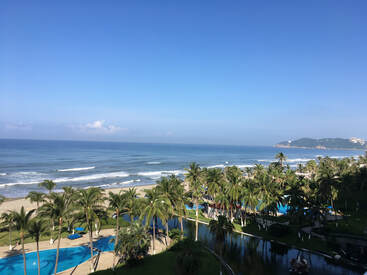 Acapulco Beaches, Image M. Serrato Acapulco Beaches, Image M. Serrato Moving to a new country can be a thrilling experience but it also comes with its own set of challenges. As an expat moving to Mexico, there are several things to consider, including understanding and navigating the Mexican visa requirements. Mexico has strict visa requirements that every foreigner must adhere to in order to stay legally in the country. The path to Mexican residency and Mexican citizenship gets much easier if you have Mexican relatives, because this is a much easier way for you to acquire legal residency or even Mexican citizenship. Foreigners with ties to Mexico like a parent, grandparent, child, or spouse can apply for residency and citizenship and access its advantages like unrestricted work authorization, public healthcare and education availability as well as social security benefits without the need to demonstrate a stable income. To start this process, applicants must first obtain evidence that verifies their family relationship (like birth or marriage certificates).
Spousal and Family Paths to Mexican Citizenship: If you have relatives with Mexican connections, there is an easier way for you to acquire legal residency or even Mexican citizenship. This is an easier path than the normal naturalization process – it is easier for those with Mexican family ties. The main two paths to obtaining Mexican citizenship are through marriage or family ancestry.
The application process can take several months so it’s important to plan ahead! Engaging an experienced Mexican immigration lawyer is usually recommended if you are not fluent in Spanish. At any point during the process, if there are questions or concerns about your application it’s best to seek help from a professional rather than continuing on without guidance. A knowledgeable lawyer can provide invaluable assistance throughout the process and ensure that everything is done correctly so that there aren’t any unforeseen issues down the line. Have you fallen in love with Mexico and want to make the Yucatan your home? Imagine awakening to the sounds of tropical birds singing outside your open window. The warm Caribbean breeze caresses your face as you take in the first rays of morning sunlight. This could be your life every day, in the Yucatan. Located in southeast Mexico, between the Gulf of Mexico and the Caribbean Sea, the Yucatán Peninsula is one of the most popular destinations for snowbirds wishing to escape harsh winters and expats looking for a permanent home in the sun. The Yucatan is a safe, friendly area and a great place for retirees to find a new home. When considering expatriating to the Yucatan, potential expats should weigh their options carefully. The Yucatan Peninsula is home to many unique places, from beach towns like Progreso to larger cities like Merida. Every option has its pros and cons and it’s important to evaluate which location is right for you. One should consider proximity to the beach. Beach towns such as Progreso or Akumal are ideal for those who enjoy being near the water, but may be too remote for those seeking more urban amenities. Larger cities like Merida offer a variety of cultural attractions, stores, and modern conveniences. Another important factor is access to quality schools for children of expats. Each town offers different levels of educational opportunities; it’s important to do some research ahead of time in order to ensure that your children have a strong academic foundation when they settle into life in the Yucatan. Additionally, keep in mind the job opportunities available in each area - this will help you determine whether you can establish a stable career while living there. Top Retiree Cities in the Yucatan PeninsulaThe top locations in the Yucatan Peninsula for expat retirees are as follows: Merida: The capital city of the state of Yucatan, Merida offers a vibrant mix of colonial architecture, museums, restaurants, and a growing expat community. While no city has it all, Merida is pretty close to perfect. The cost of living is lower than many parts of Mexico and Merida has top-notch healthcare facilities. Expats are drawn to Merida's rich cultural scene, walkable streets, and proximity to both Gulf Coast beaches and inland archaeological sites. Progreso: An affordable beach town, Progreso is popular with retirees who enjoy the laidback lifestyle. Located thirty minutes away from Merida, housing along the sandy beaches is a bargain compared to other coastal communities. Progreso's main appeal is its seaside promenade, restaurants, and proximity to Merida. The expat community hosts events and get-togethers regularly. Valladolid: For a small-town colonial feel, Valladolid is an excellent choice. The picturesque historic center has pastel-colored colonial homes, churches, and a central park anchored by a large cathedral. Mayan ruins like Chichen Itza are just a short drive away. Valladolid has a nascent expat scene as retirees are discovering its charms. Cost of living is extremely economical. Chelem: Chelem is a small fishermen's town near Progreso, about 45 minutes from Mérida. This tiny seaside hamlet had become a favorite with expat retirees, and we met several from England, France, and the United States when we visited. The town was quiet and peaceful, with a slow pace of life. Izamal: The town of Izamal, also known as the 'Yellow City' due to its buildings, is a designated as a 'Pueblo Magico' by the Mexican government,which translates to 'Magic Town.' Despite the fact that it is not a beach town and can become quite warm in the dry season, many expats call it home and say that it is an incredibly hospitable place with no crime. Celestun: A sleepy fishing village on the border between Yucatán and Campeche, Celestún is about a one and a half hour drive from Mérida, depending on traffic (and the condition of the roads!). Deeply rooted in history, this sun-drenched village moves at a slow, relaxed pace - exactly the way residents prefer it. The town's inhabitants take pride in preserving its tranquil ambience. The city of Merida and other cities in the Yucatan are renowned for their safety, excellent quality of life, and well-equipped medical facilities. These positive attributes have enticed numerous retirees from the United States, Canada, as well as many European countries including Spain, France, and Germany to make the move to the Yucatan region.
Deciding whether or not expatriating is right for you involves careful consideration of all factors involved - from quality of schools and job opportunities, to proximity to beaches and overall safety concerns. It is important not only to weigh pros and cons between different areas within the Yucatan Peninsula but also between what life would look like at home versus abroad - making sure that any decision made takes into account all aspects of life as an expat in this new location. Expats must also consider how life abroad will compare to life at home. In addition to the lower cost of living, there are many amenities and activities available in the Yucatán that one cannot find back home. For example, it is possible to get fresh seafood from local fishermen almost every day. In addition, some cities like Merida have beautiful parks ideal for outdoor activities such as running or biking. And if you’re looking for a cultural experience, don’t miss out on the traditional dances and holidays celebrated throughout the region! There are also some drawbacks when it comes to living abroad. To begin with, there may be communication barriers due to speaking a different language—and even though English is more widely spoken in larger cities like Merida, Spanish will still be necessary when dealing with government officials or other daily interactions. Additionally, expats should do their research on local laws and customs so they can ensure that their stay is safe and legal. Life abroad certainly has its perks but it is important to think carefully before making any decisions - consider all aspects of life as an expat in this new location before taking the plunge! With proper planning and preparation, expatriation can be one of the most rewarding experiences of your life! A big thank you to Kristian P Guerrero for allowing us to reprint this informative article! Belize Real Estate Buying Process & ExpectationIn spite of rising interest rates, more and more of you have been reaching out for Information about Belize Real Estate and how the buying process works here on the island. I thought it would be a perfect time to adjust and adapt this previously sent blog so we can keep you up to date on how the buyer and closing process works. As most of you know and have read, Belize is an all-cash market with very little available with regards to Seller Financing. What we’ve been seeing a lot lately is our clients moving a lot of their investments out of the traditional stock and crypto markets and placing them in more secure real estate investments oversees. Real Estate Markets like the Caribbean and especially Belize, being an emerging location within Central America and The Caribbean, have historically shown significant growth in value or at worst, maintained their high value throughout the years. Our clients are blessed to be able to use their investments year round and also take advantage of rental returns that their condo or home accrues quarterly. Like in North America, there is a process. Over the years we at RE/MAX Island Real Estate have been leaders - and if we can use a fancy word - Trail Blazers, in stream lining the process for our clients and friends. We secured services from trained and licensed professionals so that our investors can feel the same ease as they would if they were buying back home - albeit usually with better views on the island. Here’s how it usually works with us. Drafting an Offer for Purchase in BelizeWe’re gonna skip past the sexy part. We connected and we’ve exchanged dozens and dozens of emails, WhatsApp messages and we put a shortlist together. You got to ride around on a golf cart with me and you’ve laughed at my dad jokes. You probably met Kirian and Liliana, danced to a few Tik Toks they created for our properties, seen what you need to see and you're ready. Now, we’ve found the one that fits. We were patient and now the wife is happy. We found it! What happens next? The first step would be to draft an offer or purchase. We gather the legal description that’s on the title and put it on a RE/MAX sales agreement and add your legal names as the buyers. We submit that offer to the selling side and then I take a bat and hit them on the knee caps until they sign. Just kidding. I hit them on the shins. Once terms and price point have been agreed upon the first thing we do is we high five obviously, but then we would request 2 IDs (Bio Data Passport Page & Drivers License from you or all parties that are to assume ownership. I’m not sure if a Sam’s Club card will work). The Government of Belize requires this for proof of person and residency. How Can You Choose to Take Title?How do you choose to take title? The recommendation is to take title in a Belize Chapter 250 Corporation (our version of what you guys call an LLC). This reduces the Stamp Tax (Transfer Fee) from 8 to 5% as well as provides limited liability protection and serves as your holding company. The lawyer we recommend has a list of ready to go corps we recommend assuming to save time. A US Trust can be the director and shareholder of the Belize Corporation but would need to be registered to do business in Belize. The title company does that on your behalf in simultaneously with closing. This cost is reflected on the 1.5% approximate legal fees. Another advantage of the Belize Corp is that you can open a Belize Dollar bank account. This process has to wait until you legally own the property but we connect you with the bank so they share their list of documents needed to open a bank account. It will feel like they ask for everything including DNA samples but in the end a lot of my clients feel it’s worth it. If title is already held in a holding company or Belize Chapter 250, then no stamp taxes or transfer fees apply (depending on how the seller structured the share capital). The only fee would be 1.5% legal fees plus the transfer of shares and directorship which would be approximately 1%. The title company performs a full title and corporate search and offers an opinion with the end findings to guarantee marketable title and that the corporation has no liability and has done no business but act as a holding company for the property. In certain situations and because the corp name cannot be changed, we do end up with some pretty cool and sometimes some pretty unique names. Imagine taking ownership of Cheeseburgers In Paradise Limited or the coolest one I’ve seen is Casa Sin Pantalones Limited. Home Inspections cost $600.00 and are recommended on all purchases. If you meet a Real Estate Professional that tries to tell you it’s not common, tell him this is not 2016! We hire a civil engineer and he flies down to perform the inspection and within 72 hours has a full report and recommendation back. These are all rentable units so the aesthetic stuff isn’t really what we are looking for. The major issues we try and see out are appliances, HVAC, electrical and of course Structural Integrity. Resurveys for undeveloped land or private homes range between $550.00 to $1900.00 depending on size of lot. Again, we get a professional licensed surveyor to carry out the resurvey and we usually have it back between 48-72 hours. Mr Gillete is great :) Closings typically take 30/45 days however I always add an additional 15/30 day extension on all my contracts to purchase. The Belize Government requires wet signatures on all transfer of land documents submitted to the lands department so FedEx or DHL is required to send originals to buyer and seller of signatures and notarizations. This is meant to be a short read. We use a couple of trusted Real Estate Lawyers like Arguelles & Co. & Arthurs & Balderamos because they focus primarily on Real Estate Law and give our clients first class service but also because they have a US based escrow account so earnest monies are held in a bank in the United States. That gives my clients just a little bit more comfort when sending earnest funds and it can be confirmed as received within 24 hours as opposed to 7 business days if sent out of country from US to Belize. The closing agent is your legal representative so he works for you alongside me. Monies are only dispersed to seller once he confirms that all the required documents for a safe and guaranteed transfer can occur and he only disperses funds with your authorization and permission. Emil & Saidi have been god sends throughout these busy times. Once funds are disbursed, Emil and his team have already submitted the required documentation to the Lands Department and Companies Registry and we can now track the submission with the LRS number issued. Easy right? The blabbing or blogging ends here. At this point we have everything moving on cruise control and the only thing we then wait for is the title to be returned to the closing agent. That is a whole other blog post. Although you have ownership and possession of the property, the physical title turn around time if expedited is between 9-12 weeks. It's Island Time. Thank you again for making it all the way down here on this written blog and for allowing me to help share more information about Belize. Have a great day! You can contact Kristian P Guerrero and see her listings here. Images are all licensed from Canva.
Is Portugal's NHR Regime Ending?Portugal has long been a popular destination for expatriates and retirees looking to enjoy a high quality of life in a beautiful and welcoming country. One of the key attractions for many is the Non-Habitual Residents (NHR) tax regime, which offers significant tax benefits for individuals relocating to Portugal. However, in a recently televised interview with CNN Portugal, the prime minister of Portugal, Antonio Costa, announced that he plans to end Portugal's popular NHR scheme. The recent Portuguese budget proposal in October 2023 further confirmed that it is Portugal's intention to end the regime at the end of 2023. This decision is expected to have a significant impact on those who have already taken advantage of the NHR program, as well as those considering a move to Portugal in the future. The NHR tax regime (Non-Habitual Residents) in Portugal allows qualifying professionals, retirees and high net worth individuals to benefit from a 20% flat rate of tax on Portuguese-source income. Many foreigners who planned to move to Portugal at the beginning of 2024 are understandably upset by the short notice of this news. John, a user comment from a popular Facebook group, stated the following:
For individuals who are considering a move to Portugal, this announcement may influence their decision to relocate. The removal of this significant tax benefit may make other countries with more favorable tax regimes more appealing. Spain, for example, also has a similar tax regime, where NHRs are taxed at a flat rate of 24%. Spain may become an attractive alternate option to those who were considering a move to Portugal. Understanding the NHR RegimeThe Non-Habitual Resident (NHR) tax regime was introduced by the Portuguese government in 2009 with the aim of attracting wealthy individuals and retirees to Portugal. Under this regime, qualified individuals who become tax residents in Portugal enjoy several tax benefits, including:
The Prime Minister's Justification for Ending the NHR RegimeThe government of Portugal and the Prime Minister has cited several reasons for the decision to end the NHR tax regime. Primarily, the move is seen as an effort to address growing concerns about tax avoidance and wealth inequality. Critics argue that the NHR regime disproportionately benefits the wealthy, allowing them to pay little or no tax on their income and assets. Additionally, the Portuguese government aims to streamline the tax system by removing the complexities associated with the NHR regime. Ending the program would foster greater tax equity among residents and ensure a fairer distribution of the tax burden. Planning for the Future There is still time to apply, for some people, even if the NHR regime ends at the end of 2023. According to the budget proposal, NHR ends on December 31, 2023. People who meet certain conditions on or before that date should still be able to apply before March 31, 2024. For those who want to benefit from the NHR regime, it is essential to seek professional advice as soon as possible. There are many Portuguese attorneys that offer this type of legal and immigration service. Given that the changes will come into effect in 2024, individuals still have some limited time to evaluate their options and make the necessary adjustments to their financial plans. It is also important to note that while the NHR regime is set to end, Portugal still offers many other advantages as a place for residency or retirement. These include a favorable climate, affordable cost of living, excellent healthcare, and a high standard of living. Individuals should consider these factors alongside the changes to the tax regime when making their decisions. Carefully Consider all Your Options!The Portuguese government's decision to end the Non-Habitual Residents (NHR) tax regime in 2024 will undoubtedly have a significant impact on individuals who have already taken advantage of the program and those considering a move to Portugal.
The move is seen as an effort to address tax avoidance and promote greater tax equity among residents. While the changes may present challenges for NHRs, Portugal still offers many appealing qualities that make it an attractive destination for residency or retirement. Seeking professional advice and considering alternative tax planning strategies are advisable to navigate the new tax landscape. Bacalar, Mexico is a perfect family-friendly destination that offers an amazing array of activities for adults and kids. To make your family trip truly successful, it is important to plan activities that cater to the interests and needs of your children. We have three kids of varying ages (17, 10, and 8 years old) so we wanted to make sure we chose activities that would be fun and engaging for all of them! Activity 1: Visit the Balneario Ejidal Magico BacalarAv 1 & Calle 28, Centro, 77930 Bacalar, Quintana Roo, Mexico +52 983 131 6427 Facebook Page for Balneario ejidal Mágico Bacalar Balneario Ejidal Magico Bacalar is a fun beach club and full-service restaurant and bar that lies on the shores of the Bacalar Lagoon. They charge a small amount for parking (about 30 pesos) and they charge entry to the beach club, which is also affordable. The beach club stretches far alongside the lagoon, and kids can play, swim while parents can enjoy eating, drinking, and sunbathing. The club restaurant offers traditional Mexican dishes, including ceviche, and usually has live music or a DJ for entertainment. There are water slides, swings, hammocks, diving platforms, etc, as well as little shops to rent life vests or buy floatation devices and other things, so don't worry if you forget your water shoes or sunblock. It's an affordable and good place to enjoy a day at the lagoon, don't expect anything super-fancy, but the kids will enjoy their day and you won't break your wallet! It is imperative to bring towels and a change of clothes for the whole family. There are bathrooms and changing rooms for men and women. Tip: It is advisable not to leave any valuable personal belongings unattended! Activity 2: Visiting the Fort of San FelipeAv 3, Centro, 77930 Bacalar, Q.R., Mexico TripAdvisor Listing for the Fort of San Felipe Fuerte de San Felipe de Bacalar (Fort of San Felipe of Bacalar) is a Spanish fortress that is located in Bacalar, Mexico. Visiting the Fort of San Felipe is an exciting way of introducing children to Mexico’s rich history. The fort was constructed by the Spanish military in 1729 to protect Bacalar from pirate attacks. Children will be fascinated by the cannons, pictures, and the architecture of the fort. The Fort of San Felipe is open daily and cost to enter is 50 pesos per person (about $3 USD). It is located in the town center and can be easily reached walking or by bike. The best time to visit the fort is in the early morning or late afternoon to avoid the intense sun. Wear comfortable shoes for walking over the uneven surfaces of the ruins. The fort is a fantastic spot for a photo op with a traditional Mexican background. Activity 3: Discovering the Cenote AzulCarr. Federal 307 Chetumal - Cancun Km 34, Bacalar 77930 México +52 983 119 9948 Facebook Page for Cenote Azul We went to the Cenote Azul and the Cenote Azul Restaurant (they are basically the same place) twice on this trip. By the second trip, our teenage son was trying to charm some local girls by diving into the Cenote head first! The Cenote Azul is a natural sinkhole with crystal-clear water. It offers an extraordinary experience for families. Children can snorkel, swim, and learn about different fish species, while parents can lounge around and enjoy the beauty of the cenote. There is a full restaurant and bar. Sometimes they will have live music, but generally only on weekends. My wife ordered a cappuccino after lunch and said it was one of the best she had ever had. Cenote Azul is located on the outskirts of Bacalar, and it is best to get there by car. Admission costs about 30 MXN per person, and snorkelling equipment and life vests can be rented by the hour. It is essential to follow the instructions of the cenote staff, avoid touching any marine creatures and, limit the exploration to the indicated areas. You can bring your snorkelling gear or rent one at the venue. Activity 4: Kayaking by Private Tour on the Bacalar Lagoon of Seven ColorsKayaking in the Lagoon of Seven Colors is an exceptional experience for the whole family. The crystal-clear water and the beautiful natural surroundings of the lagoon are stunning and peaceful. The activity is safe for kids and also an opportunity to introduce them to a waterborne sport. Kayaking trips can be booked through several companies located around the lagoon. Most of the tours are around two hours, cost 200 pesos per person (about $10 USD at current exchange rates). Life jackets should always be provided by the tour company! It is advisable to bring water, sunscreen, and wear comfortable clothes, longer sleeves helps prevent chafing from the life jackets (it happened to our daughter, lesson learned!). You can also bring an underwater camera or rent one to capture the beautiful views during kayaking. Final Tips for Family Fun in Bacalar!Exploring the town of Bacalar is an opportunity to know and explore rural Mexican culture in a beautiful setting. Bacalar, Mexico offers an amazing array of activities for families to experience together. From kayaking in the Lagoon of Seven Colors to enjoying the colors and flavors of hundreds of shops and restaurants, Bacalar has something for everyone.
We hope this guide has been informative and helpful in your planning, and we encourage you to experience the magic of Bacalar with your children! We are currently in Bacalar, Mexico, enjoying the beautiful weather and the world-famous Bacalar Lagoon. We always look for good breakfast spots that are family-friendly and affordable. These are the best 3 that we have found on this current trip. Here are the three best breakfast restaurants in Bacalar, Mexico (according to our family!). Ixchel Bacalar: Delicious healthy food optionsContact Information: +52 983 177 7827 Calle 26, Avenida 3 y 5, Mario Villanueva Madrid, 77935 Bacalar, Q.R. Facebook Page for Ixchel Bacalar Ixchel Bacalar: This was our favorite breakfast spot on this trip. The food was great every single time, and even our pickiest kid found something on the menu that she liked. Lots of healthy food options and free parking on the side of the restaurant, this restaurant offers an impressive breakfast menu. There are lunch and brunch options, as well. We had excellent toasted sandwiches which were delicious with marble toast (pictured below). Try them if you want a hearty breakfast option that will keep you going all day. These are some of the best breakfast restaurants in Bacalar, Mexico. Make sure to give them a try if you're in town and looking for a delicious start to your day! Enamora BacalarAddress: Calle 18 Avenida 5, Bacalar 77930 Mexico +52 1 983 210 1296 Facebook Page for Enamora Bacalar Currently serving breakfast at any time of the day. Enamora Bacalar specializes in making great breakfasts. Our family ate here several times and the food and service was great. Great salads and sandwiches, too. The drinks are fresh and healthy, we tried the juices and the chia drinks. The outdoor seating is great, you won't feel stuffy and you can enjoy your freshly-squeezed juice in the morning breeze. Mestizos Cocina CallejeraCalle 22 Av 3 y 5 Col. centro, frente al parque principal, Bacalar 77930 Mexico +52 55 47758685 Website for Meztizos Cocina We only visited Mestizos once, it was very busy so we had to wait a while to be seated. You may want to try during the week if you are in a hurry. It's a lovely place with a great atmosphere and delicious fresh Mexican food. We got breakfast, juice and coffee. The menu has a wide variety of great food served in the traditional style.
Don't Go Straight to Bacalar, Check out Chetumal, too!Chetumal is the often-overlooked capital city of the Mexican state of Quintana Roo. The up-and-coming touristic destination of Bacalar, is 24 miles away, and often draws tourists straight from the airport, but don't miss out on Chetumal's fun places and great food! Chetumal offers several budget-friendly activities for families. Chetumal has many attractive sights and things to do, tons of wonderful restaurants of all price points (from tiny taquerias to fancy fine dining locations), plus a beautiful bay and literally hundreds of off-the-beaten path swimming spots that your kids will love (our kids did!). The Water is Warm and Great for Swimming!As for the weather, we visited in July this year. The nights are usually pleasant and you can enjoy a comfortable breeze if you are close to the bay, even in the summer. If it starts to rain, it usually only lasts a few minutes. Although it is hot during the day, the nights are very nice. The best thing to do in the daytime is swim! We rented a small car and found multiple swimming spots just by driving around. Many spots have an attached restaurant where you can buy drinks and food, but they will often just rent a table for a nominal amount, and people often bring their own food. The little swimming spot in a small village about 10 minutes outside of the main city of Chetumal. Parking and the entry fee cost less than 200 pesos for all of us (small children enter free, so our youngest was free) and although they did not offer food, we bought some bottled water, chips and snacks from a nearby convenience store and brought that in with us. The kids loved it! There were tons of other children there, (mostly locals) and we spent the entire afternoon there and it cost us less than $30 for the parking, snacks and drinks. The second picture is a swimming spot is in Laguna Guerrero, also very close by. Dozens of these little swimming spots can be found all around the region. Chetumal offers affordable options for accommodation and dining, so you can make the most of your budget while enjoying all that the city has to offer. We were able to find Airbnbs for less than $50 a night, although if you want a view of the bay, expect to pay significantly more. Make sure that whatever place you decide to rent has A/C as well as a place to park, if you decide to rent a car, which we recommend if you want to explore this bustling capital city. We suggest you visit the Chetumal Malecon (the main Boardwalk) in the warm summer evening. Take a stroll along the Malecon de la Bahia, the boardwalk in Chetumal, to enjoy the beautiful waterfront views and experience local culture. You'll find various monuments and sculptures along the way, showcasing the city's heritage. On the evenings and weekends, the main plaza is filled with little food stands, jumping houses, rides, and other games for small children. Dozens of vendors sell all types of things: toys, food, ice cream, pastries, etc.
There are also tons of restaurants, cafes, and shops, for any budget! Don't be afraid to explore! These are just a few of the fun activities and experiences you can enjoy while exploring Chetumal, Mexico. We hope you have have a great time! Introduction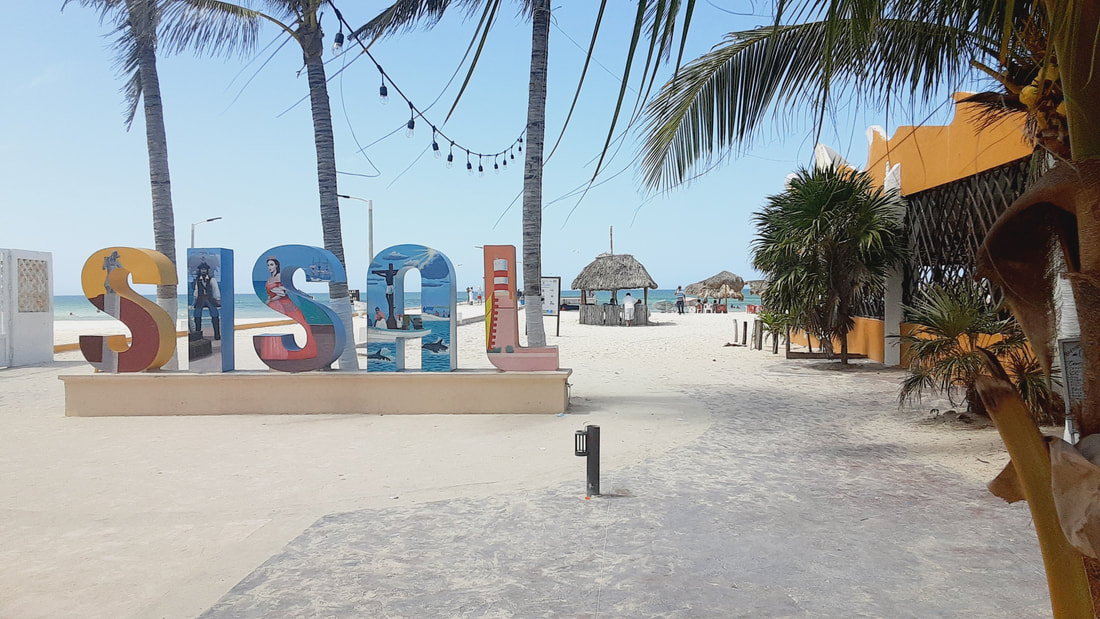 The main sign in downtown Sisal, great for a selfie! The main sign in downtown Sisal, great for a selfie! Have you ever dreamed of escaping to a tranquil beach town away from the hustle and bustle of tourist-filled destinations? Look no further than Sisal, Yucatan. Located on the stunning Yucatan Peninsula in Mexico, Sisal offers an authentic and relaxing experience for travelers seeking a true getaway. In this blog post, we will uncover the hidden gems of Sisal and why it should be on your travel bucket list. Enjoy Pristine Beaches and Clear Blue SkiesBefore we delve into the present-day charms of Sisal, it's essential to understand its rich history. Sisal was once the main port for Mérida, the capital of Yucatan. It thrived during the 19th century as an exporter of henequen, a fiber used in making ropes and handicrafts. Although Sisal's glory days as a commercial port have faded, the remnants of its illustrious past can still be explored throughout the town. Sisal is blessed with pristine beaches and breathtaking natural landscapes that will leave you in awe. As you wander along the shores of the Gulf of Mexico, you'll be greeted by glistening turquoise waters and powdery white sand. The tranquil atmosphere invites visitors to unwind and soak up the sun. For nature enthusiasts, Sisal also offers the opportunity to discover abundant wildlife in nearby nature reserves and mangrove forests. Explore the Old Town of SisalOne of the highlights of visiting Sisal is exploring its charming town center. Stroll through the cobblestone streets and marvel at the well-preserved colonial architecture. The main square, or zócalo, is the heart of the town, where you can relax on benches under the shade of ancient trees. Don't forget to visit the San Francisco de Asis Church, a testament to Sisal's cultural heritage. Sisal is a haven for water sport enthusiasts. Whether you are into fishing, kayaking, or paddleboarding, the calm waters of Sisal offer the perfect playground for your aquatic adventures. The town also serves as a gateway to the famous Ria Celestun Biosphere Reserve, where you can witness thousands of flamingos in their natural habitat. Culinary DelightsNo visit to Sisal is complete without indulging in the flavors of Yucatecan cuisine. From delicious seafood dishes to traditional Yucatecan specialties like cochinita pibil, the local cuisine will tantalize your taste buds. Don't forget to try the refreshing local drink, called "khool," made from the green, naturally fermented henequen. Savoring these culinary delights is an essential part of immersing yourself in the local culture. We had some of the best ceviche EVER in downtown Sisal! How to Get to Sisal from MeridaGetting to Sisal is relatively easy. The town is located approximately an hour's drive west of Mérida, the capital of Yucatan. From Mérida, you can rent a car, take a taxi, or hop on a local bus to reach Sisal. Alternatively, some tour operators also offer guided day trips to Sisal. The quickest way to get from Mérida to Sisal is to taxi which costs $440 - $550 (about $25 USD at the current exchange rates) and takes about 45 min. The entire town of Sisal is walkable, and almost everything (shops, the beach, restaurants) is within walking distance of the town's center. You can also rent a car at the Merida airport if you want to explore the surrounding area, we recommend Leon Car rentals, across the street from Merida airport (do not rent from the car rental kiosks inside the airport! They will rip you off!) Conclusion: Just GO! If you are seeking an off-the-beaten-path beach destination in Mexico, Sisal, Yucatan should definitely be on your radar. Its tranquil beaches, rich history, and authentic charm make it a hidden gem waiting to be discovered. Escape the crowds and immerse yourself in the natural beauty and cultural heritage of Sisal. Plan your trip today and create unforgettable memories in this tropical paradise.
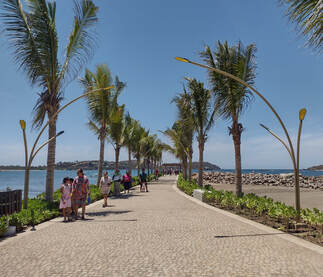 Going to Ixtapa Island Going to Ixtapa Island Retiring in Ixtapa, Guerrero on a budget is possible if you're willing to be flexible about how you spend your hard-earned dollars. Ixtapa has become an increasingly popular retirement destination over the past few years, and it can definitely be a great place to retire. It's located on the Pacific coast of Mexico and offers beautiful beaches, tropical weather year-round and inexpensive food to satisfy any picky eater. The town itself has plenty of restaurants, shopping malls and other amenities for retirees who plan their budgets carefully. Do simple things like walk, take the bus and cook your own meals, just like you would in a cheaper city.It's a good idea to be prepared to do simple things like walk, take the bus and cook your own meals, just like you would in a much cheaper city. You can take walks along the beach or through town with friends and family. The ocean view is beautiful! Go for bike rides around town (bikes can be rented at many places, but buying a used bike is a cheap and easy way to get transportation anywhere without having to pay for gas!). It's easy on flat streets with minimal traffic congestion because there aren't many cars in Ixtapa compared with bigger tourist cities like Cancun or Acapulco. Rent a smaller house or condo, a few blocks away from the beach can save big bucks!Rental real estate is a great option for people who are on a budget and want to stay in Ixtapa for an extended period of time. Renting is cheaper than buying, especially if you're not sure about staying in a certain area long-term. There are also advantages to renting over buying because it allows you more flexibility with your living situation. Renting will allow for easy moves without having any long-term financial obligations attached (like paying off a mortgage). In addition to being affordable, many rental properties in Ixtapa are vacation condos that offer many amenities including pools and gyms which make them great options for retirees that some of the amenities of a resort but without the high price tags. A great way to find them is to check on Facebook, Airbnb, or even local real estate agents. You can also come to Ixtapa, stay at an Airbnb for a few days, then walk around downtown and look for "Se Renta" signs, there are many of them plainly visible on the street. You can rent an apartment in Ixtapa that’s furnished or unfurnished. Furnished rentals are relatively easy to find and usually the first choice for snowbirds and retirees that haven't made up their minds yet on the location that they would like to live in. Eat in local restaurants, instead of paying tourist prices. If you want to save money, the best thing you can do is cook your own meals, or eat at local "family style" restaurants. There are a few ways you can do this:
Retiring on a budget in Ixtapa is 100% possible if you're willing to be flexible! Retiring on a budget in Ixtapa is possible if you're willing to be flexible. Consider making some small sacrifices in order to have more flexibility with your money, especially when you first decide to move.
|
No website or company has paid a fee to be mentioned in this blog. Any suggestions you see are based solely on our own experiences and personal preferences.
About UsJust a middle-class family with three young kids, looking to escape the rat race. This is our journey! If you have a question for us, please contact us directly using our email here.
Archives
May 2024
|



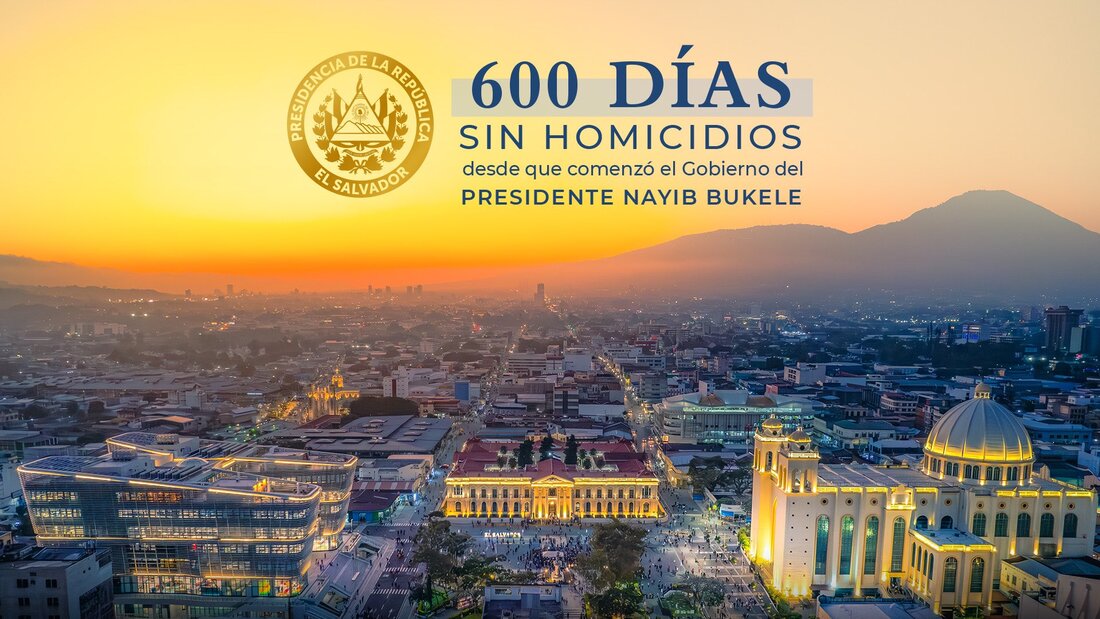
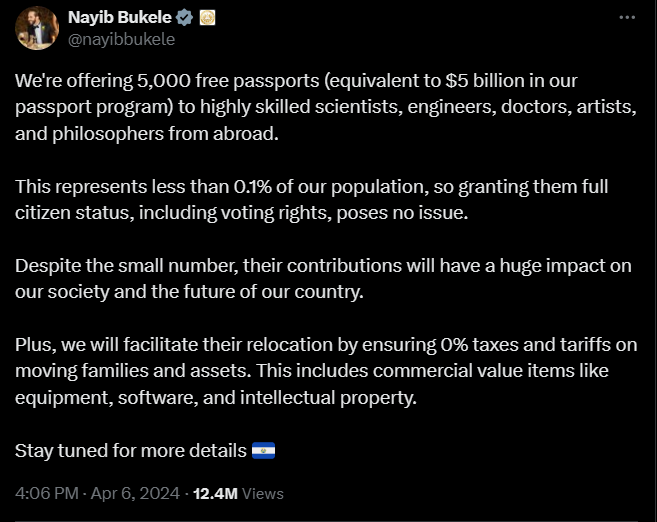
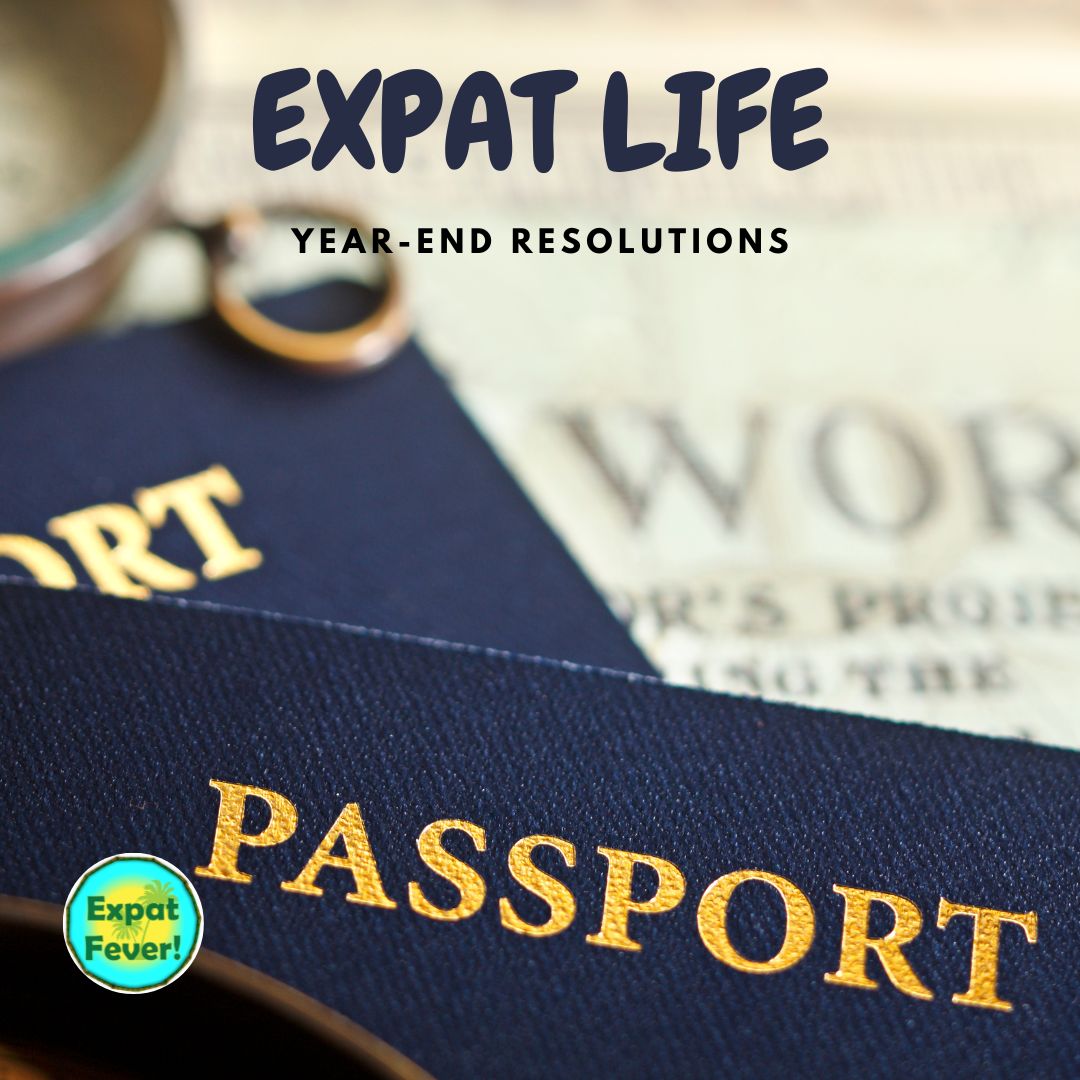
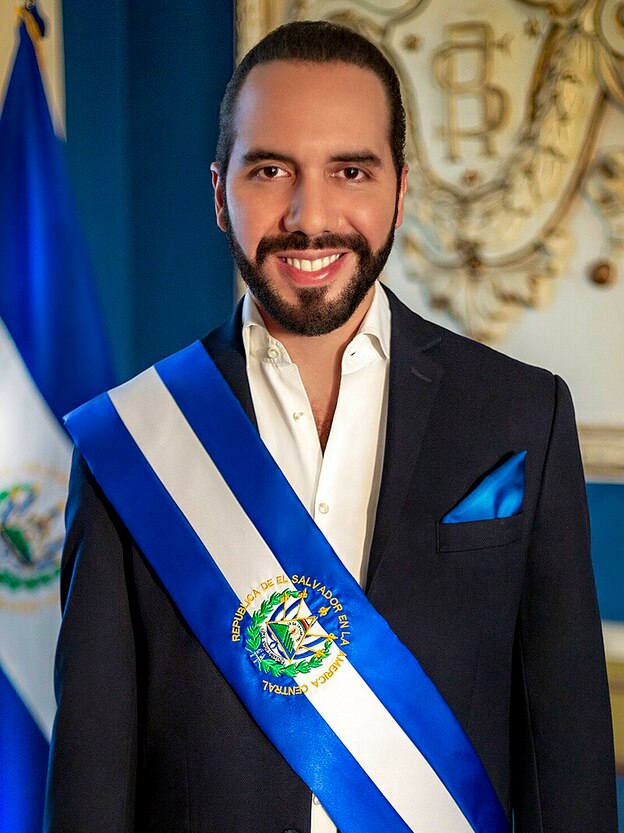
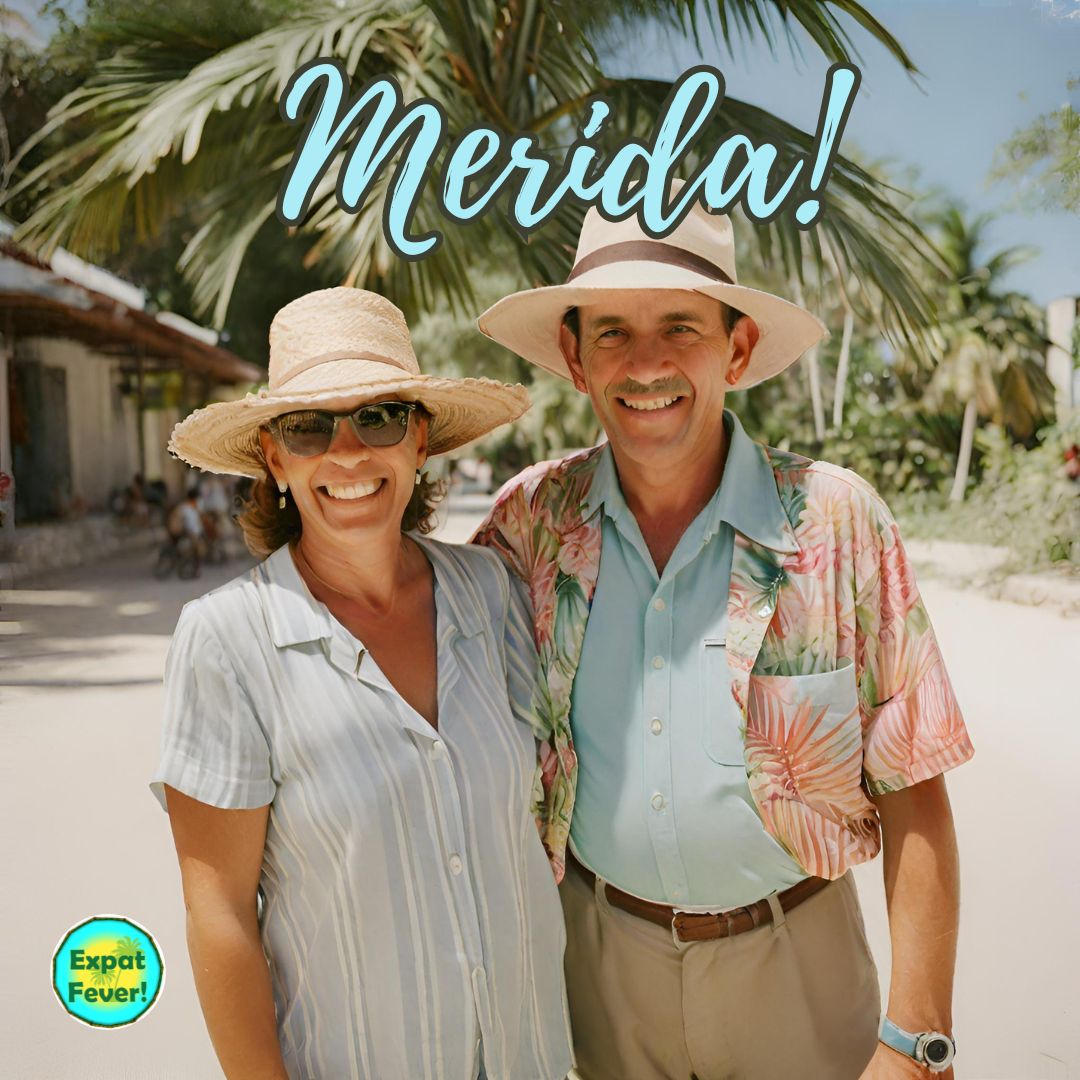
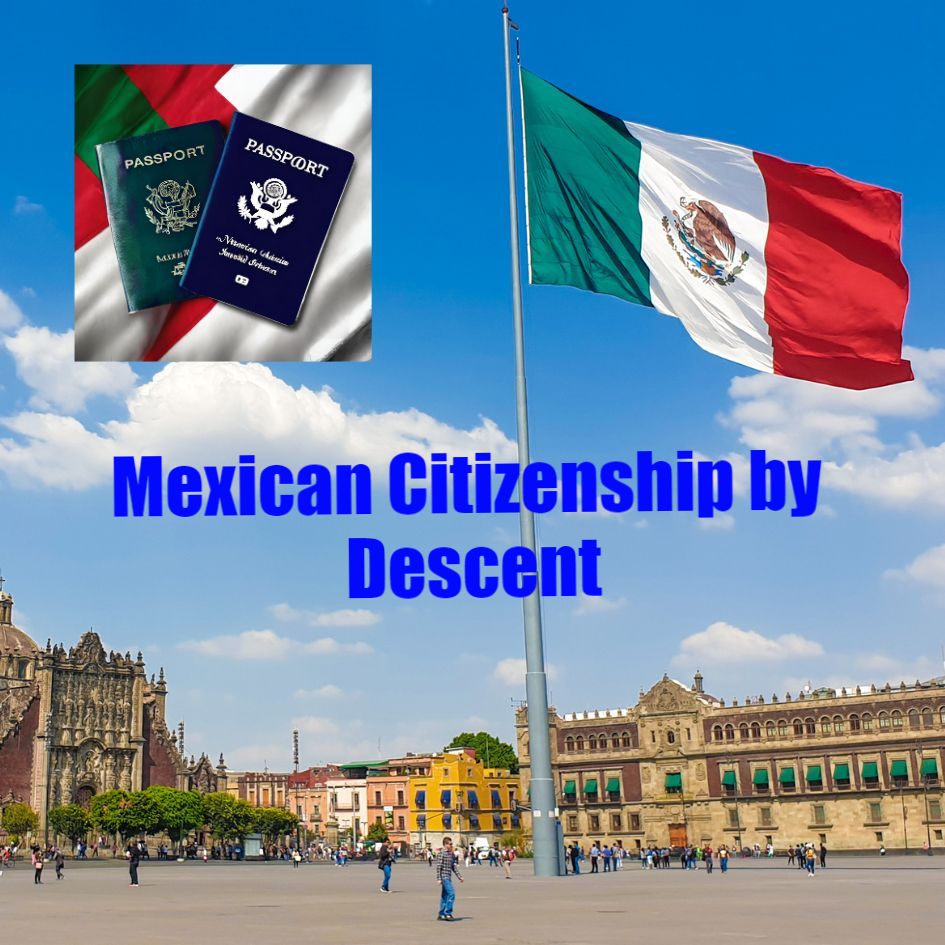
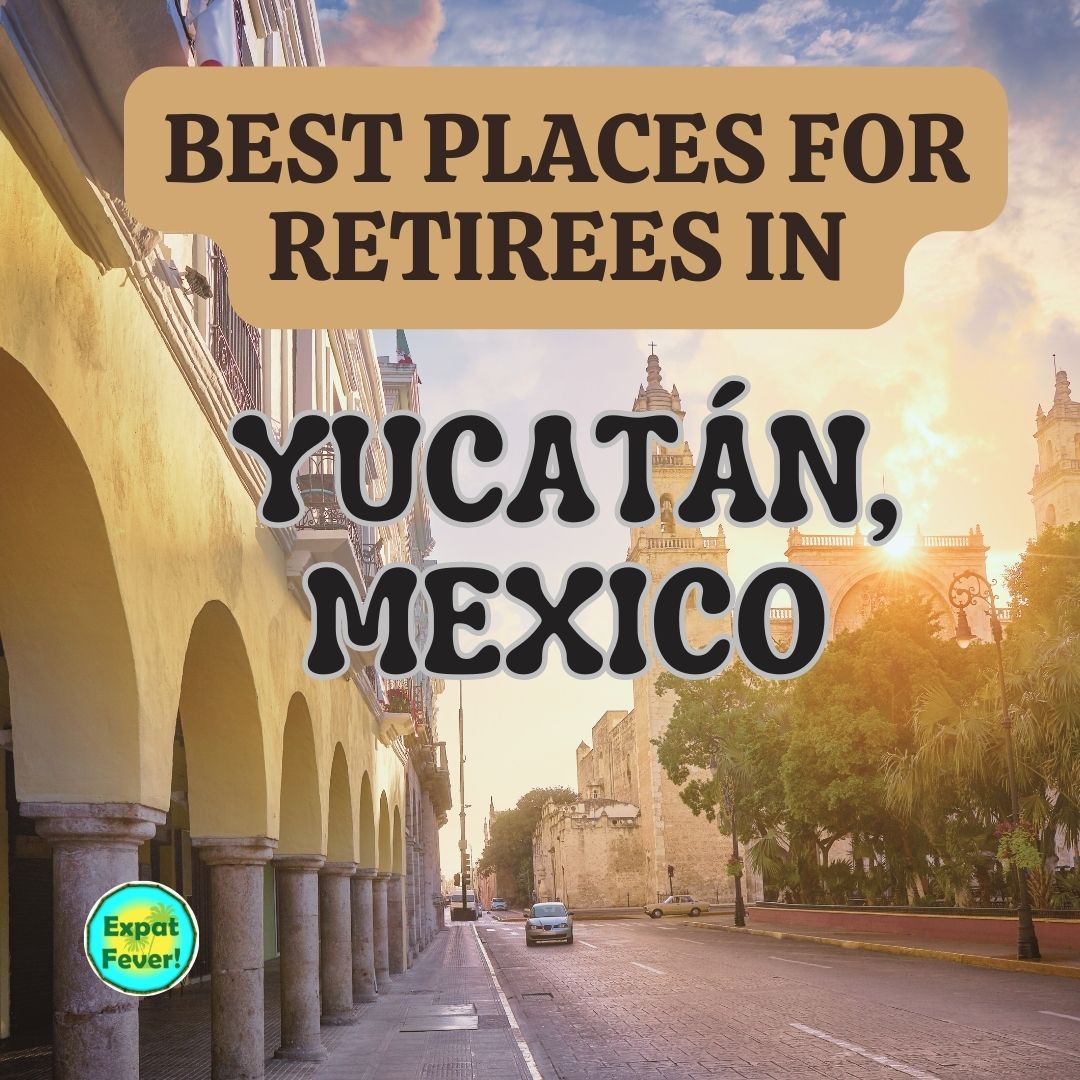
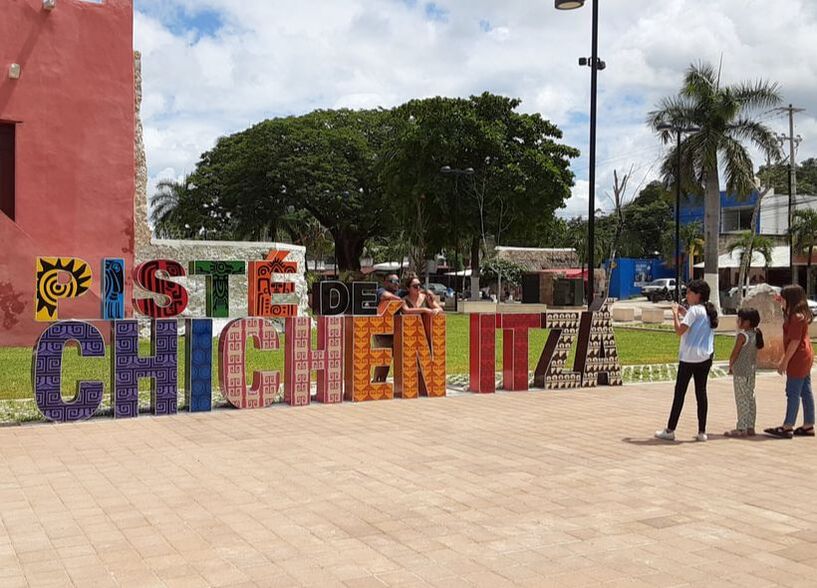
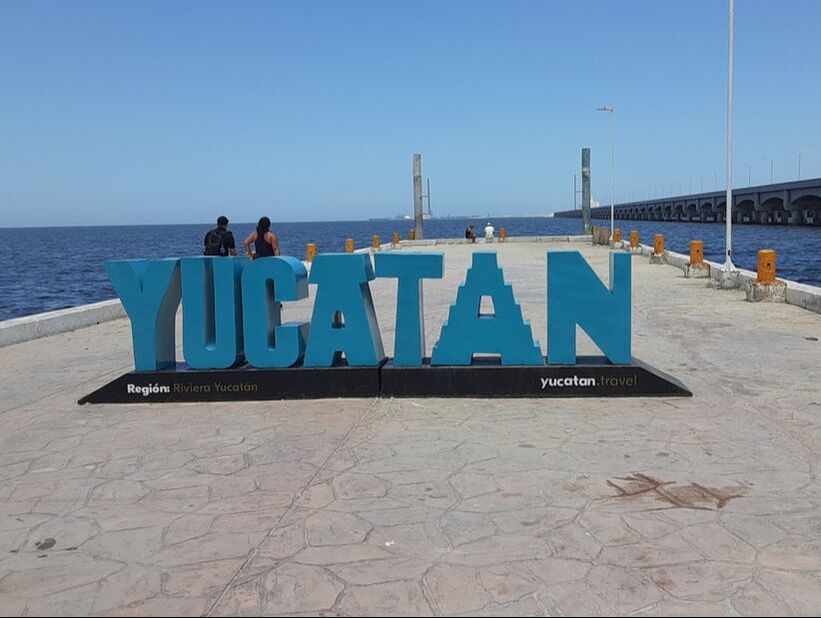
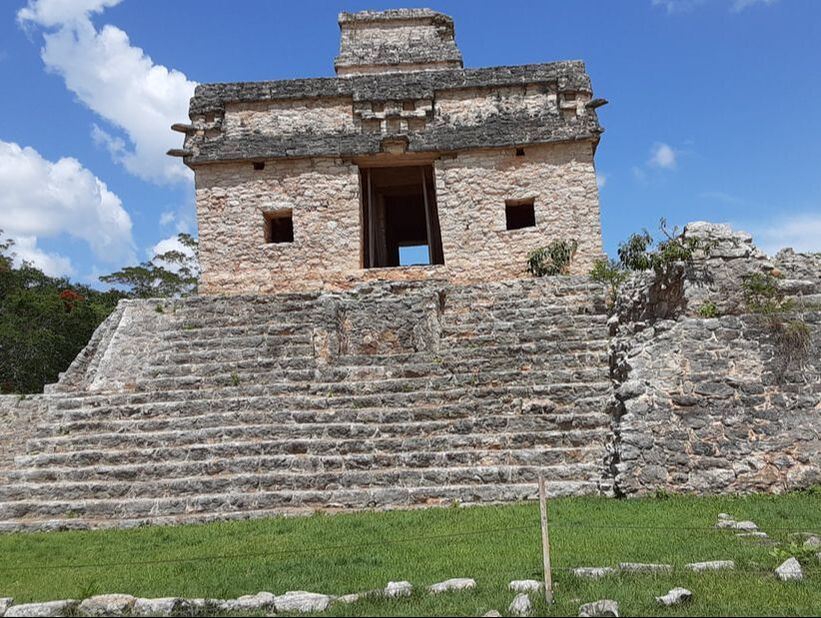
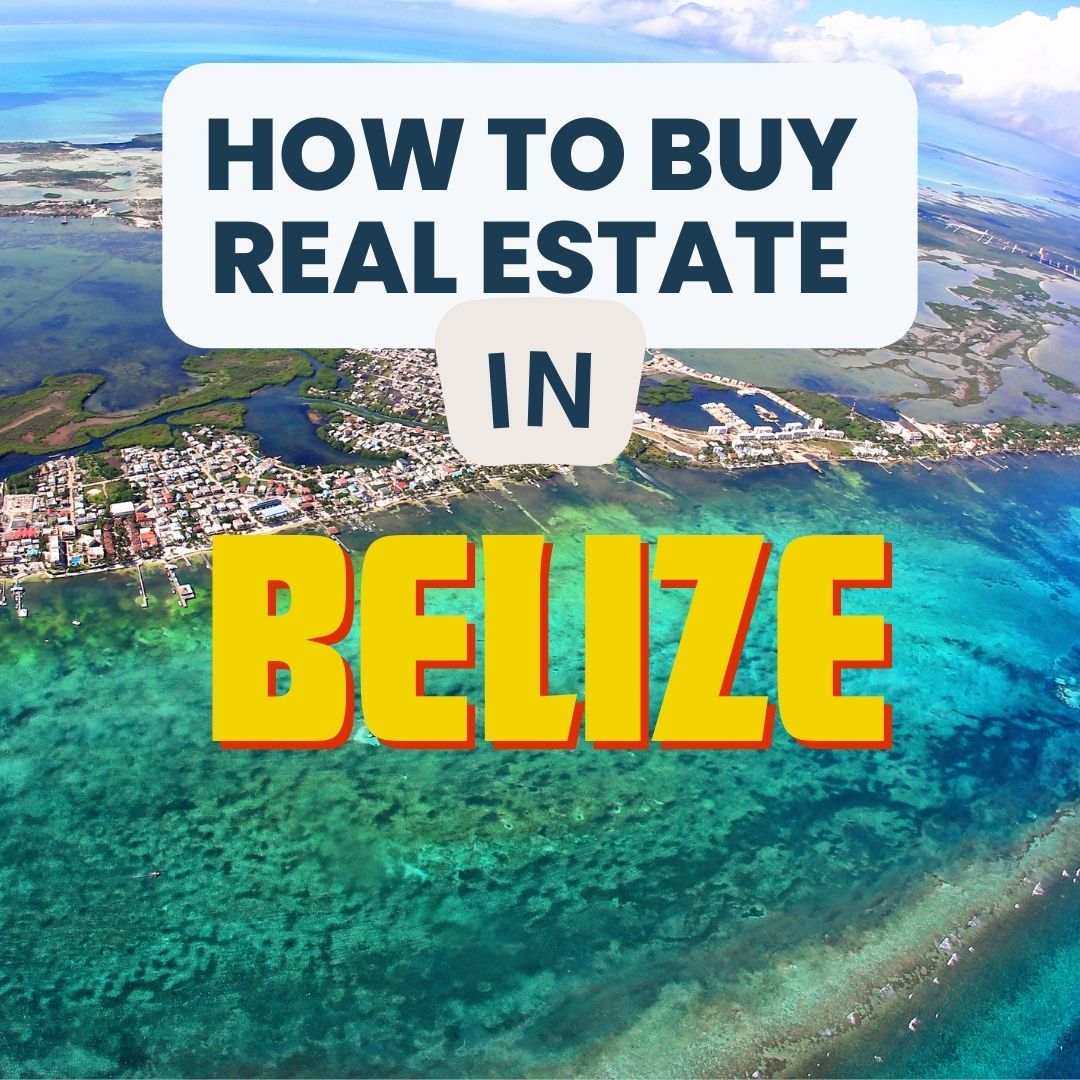
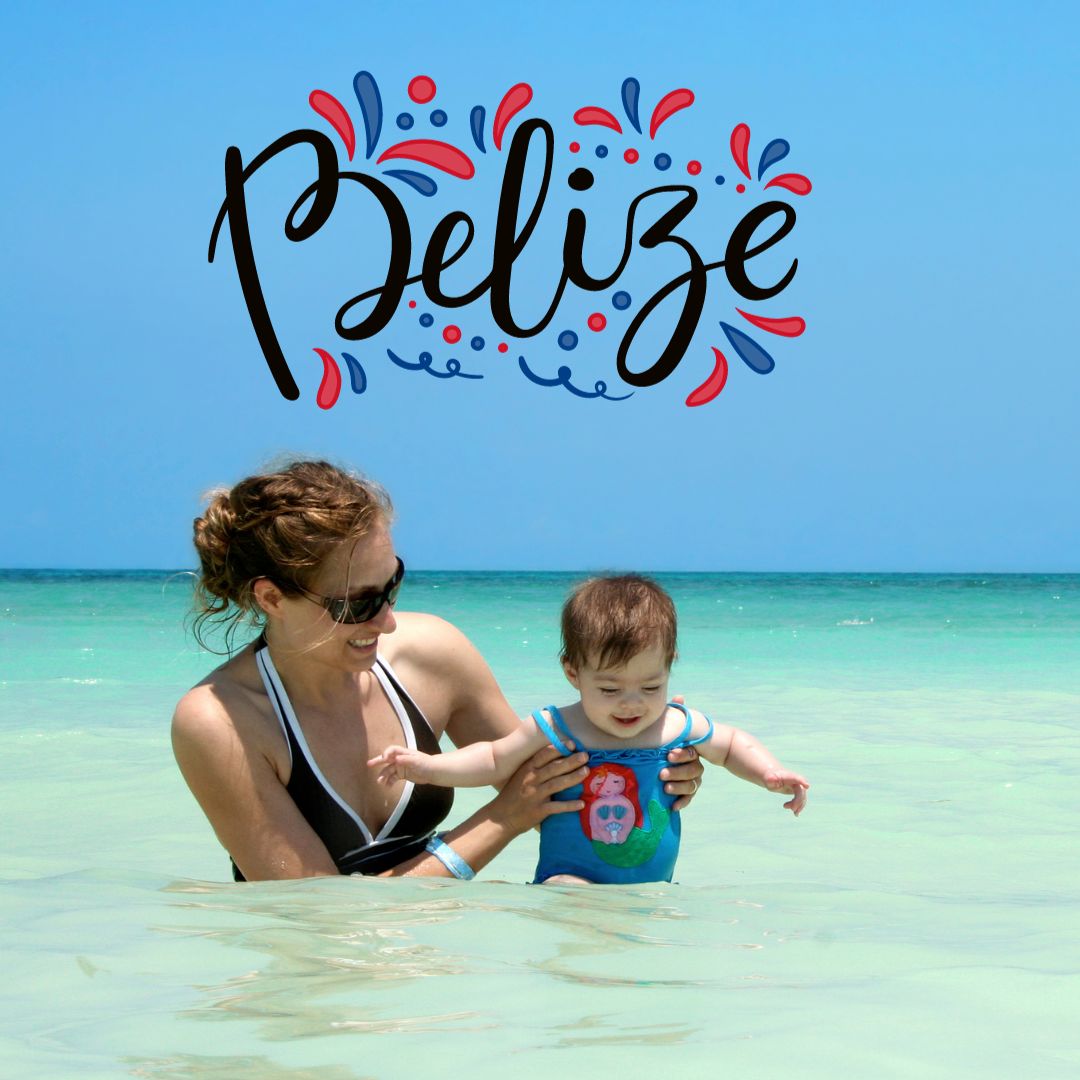
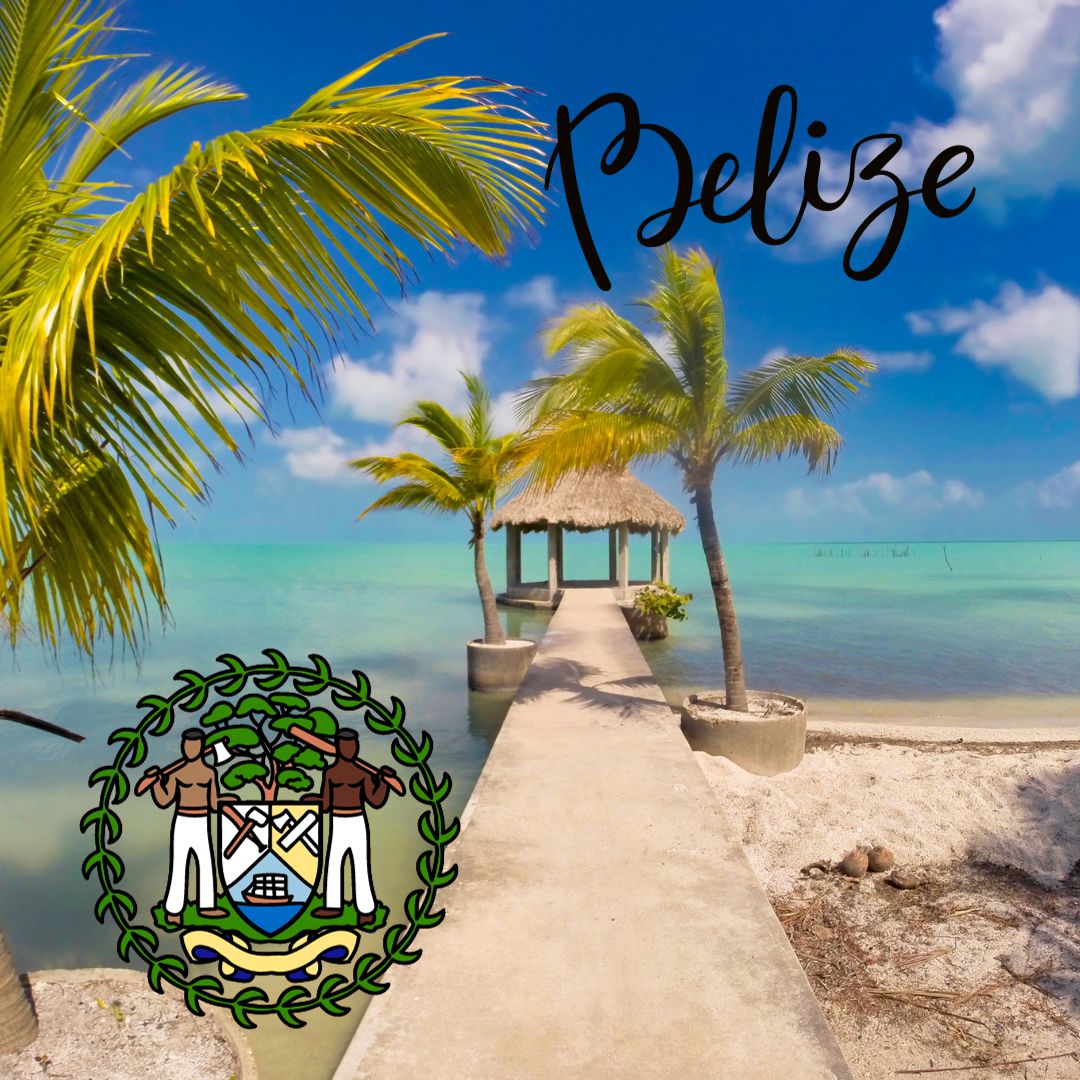

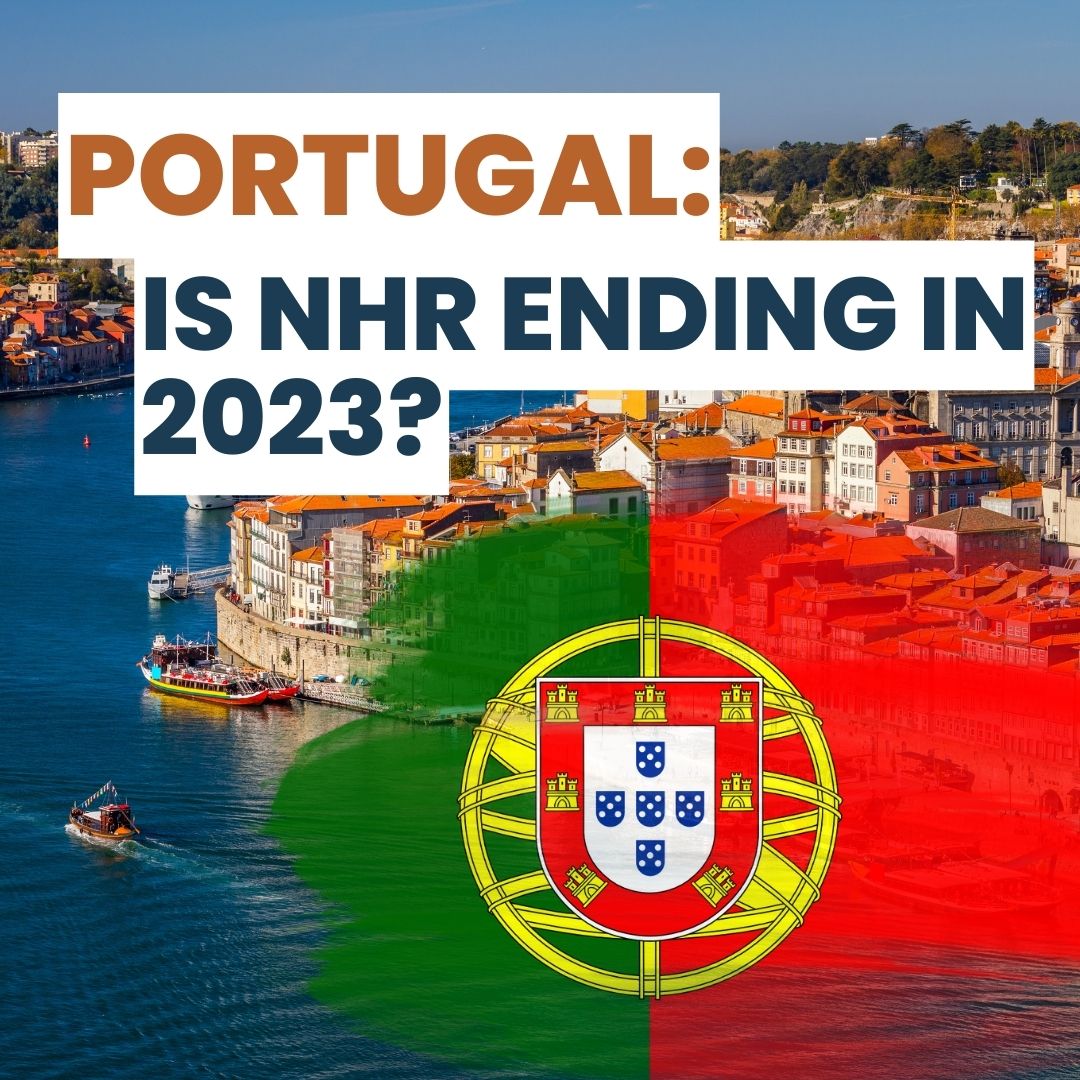
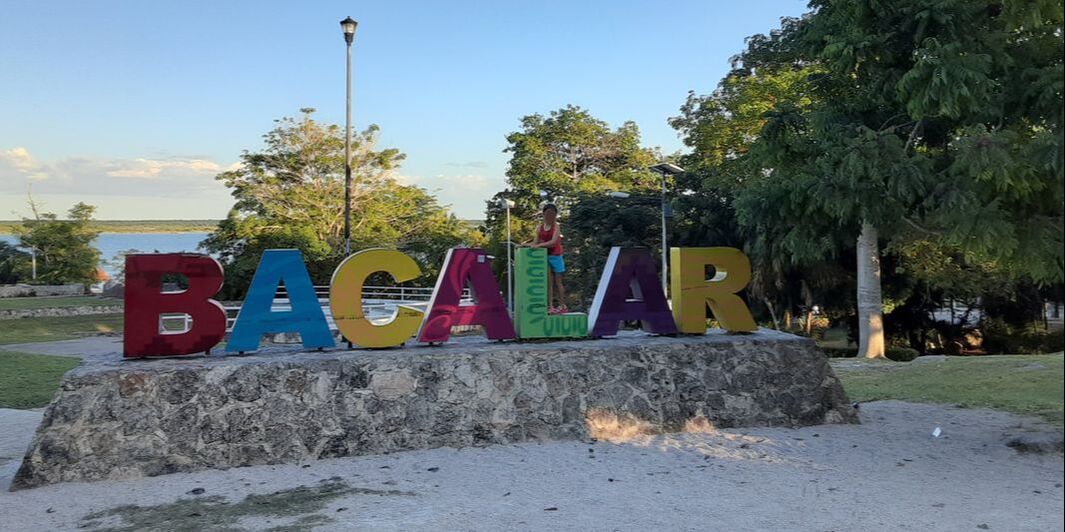


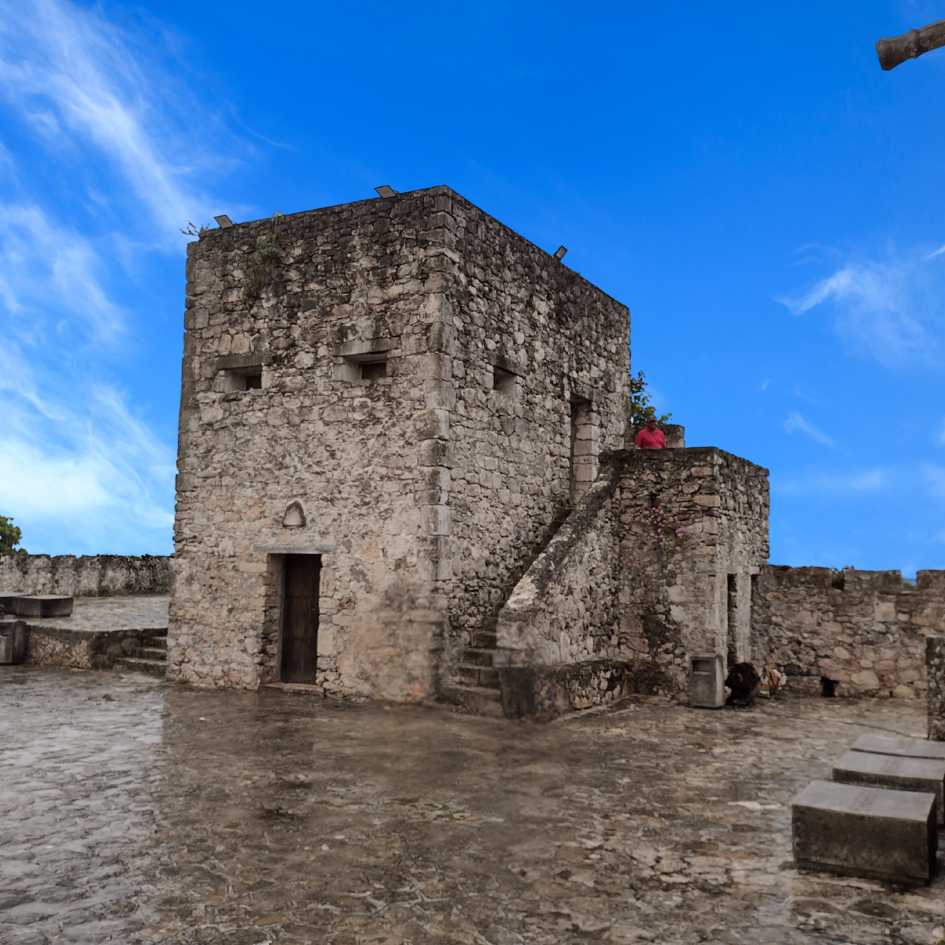
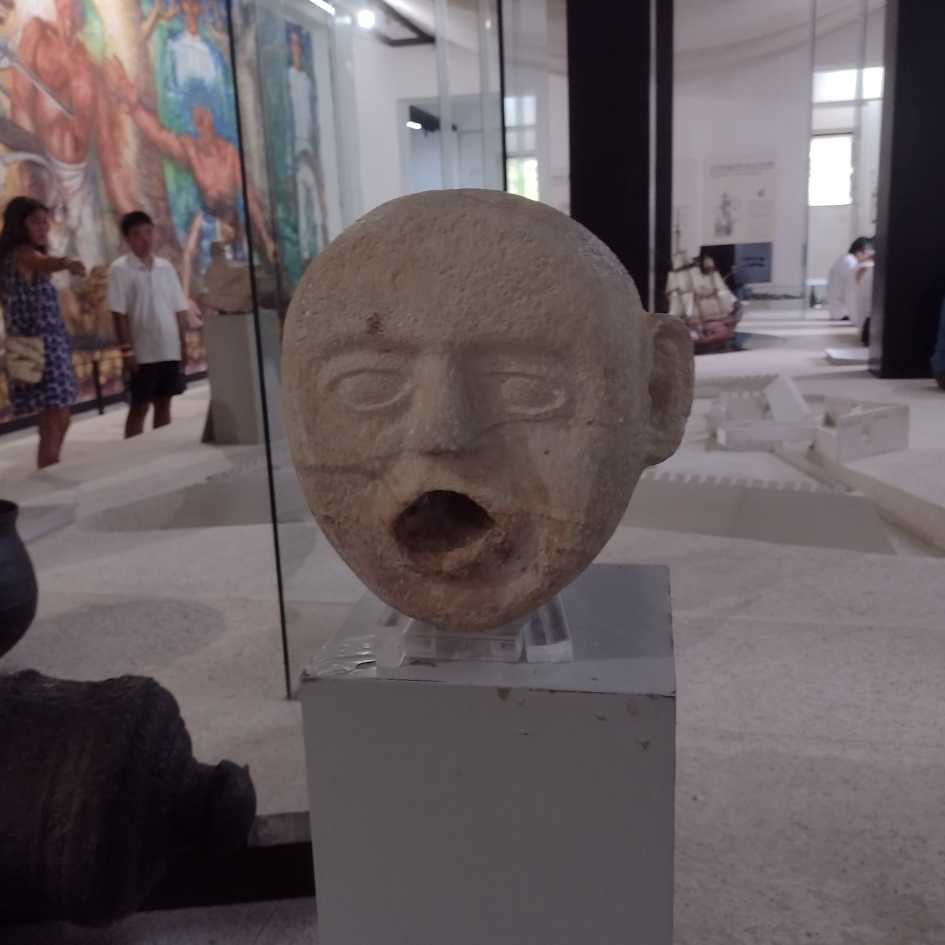
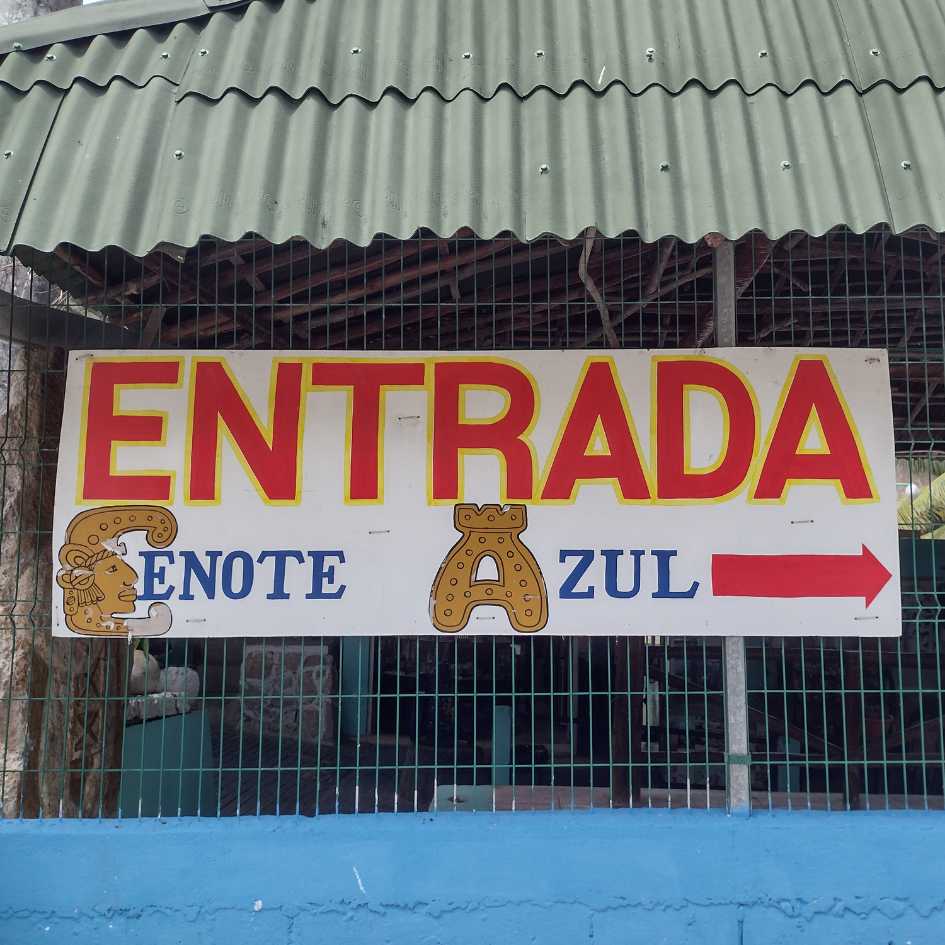
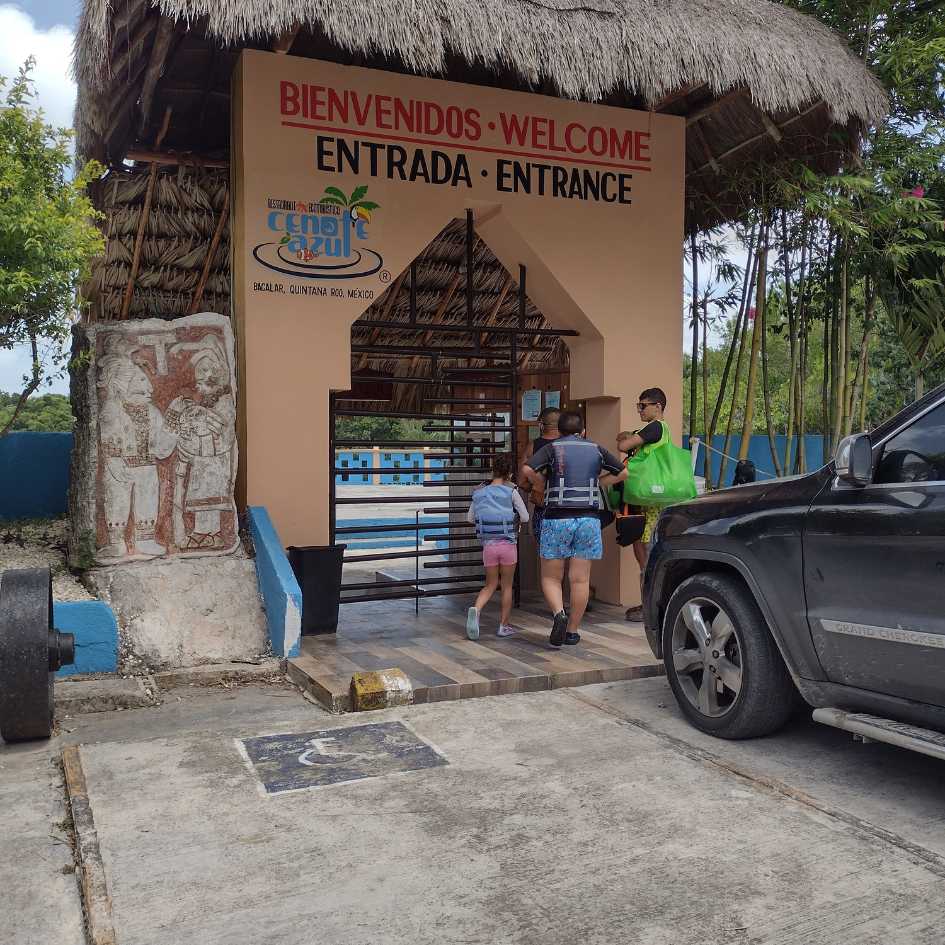

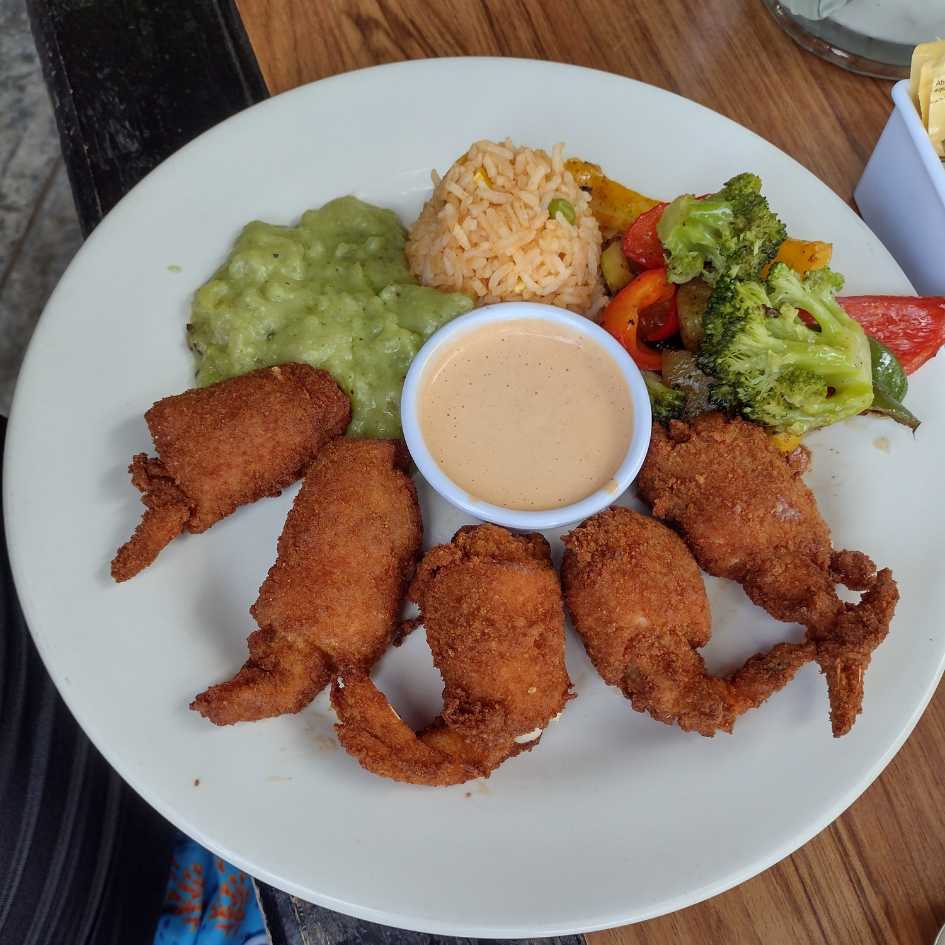
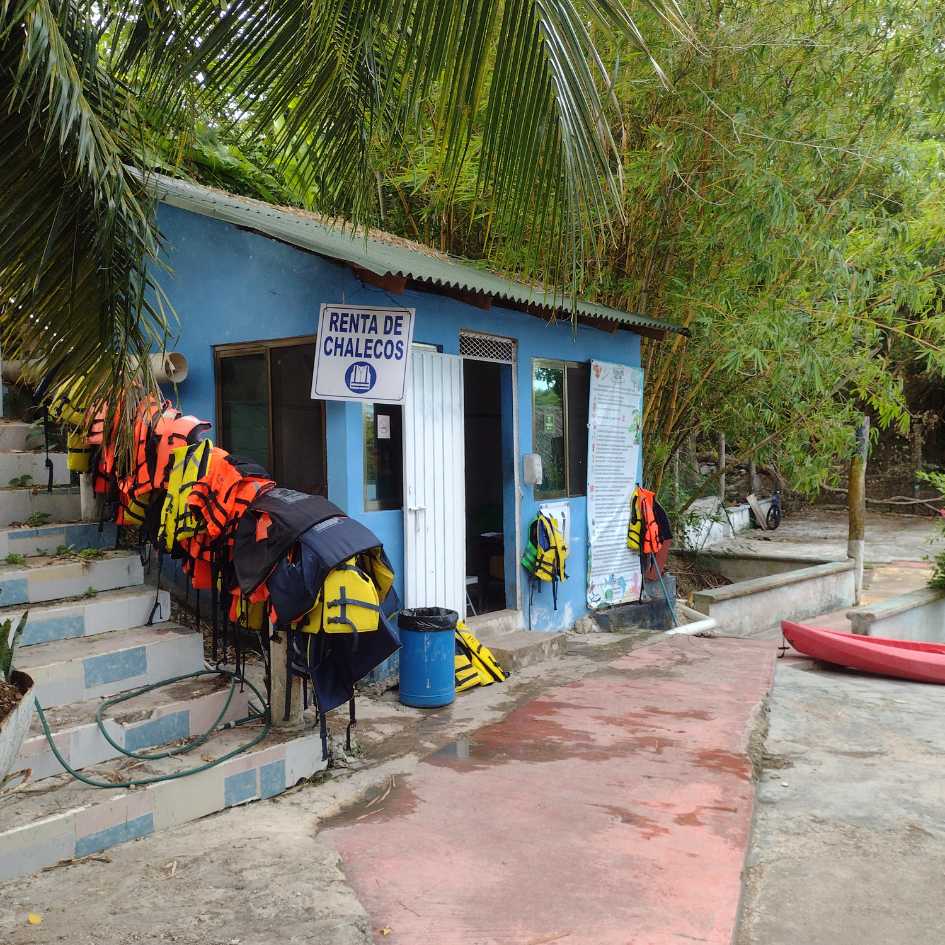
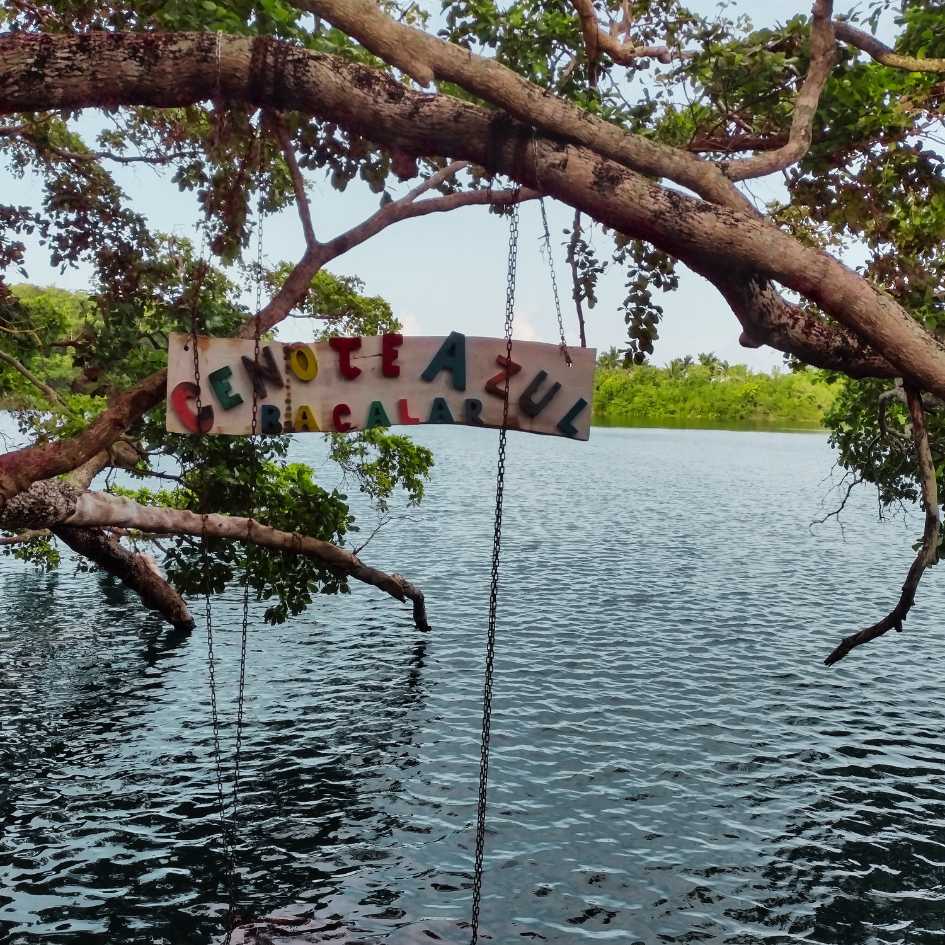
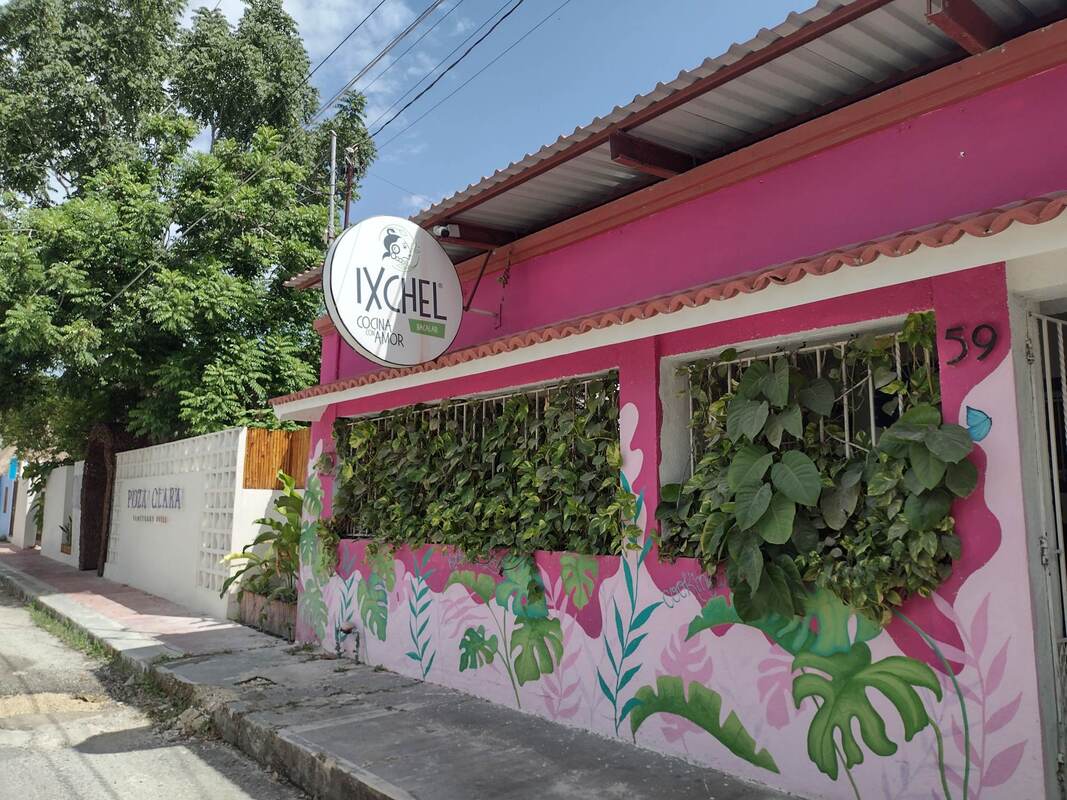
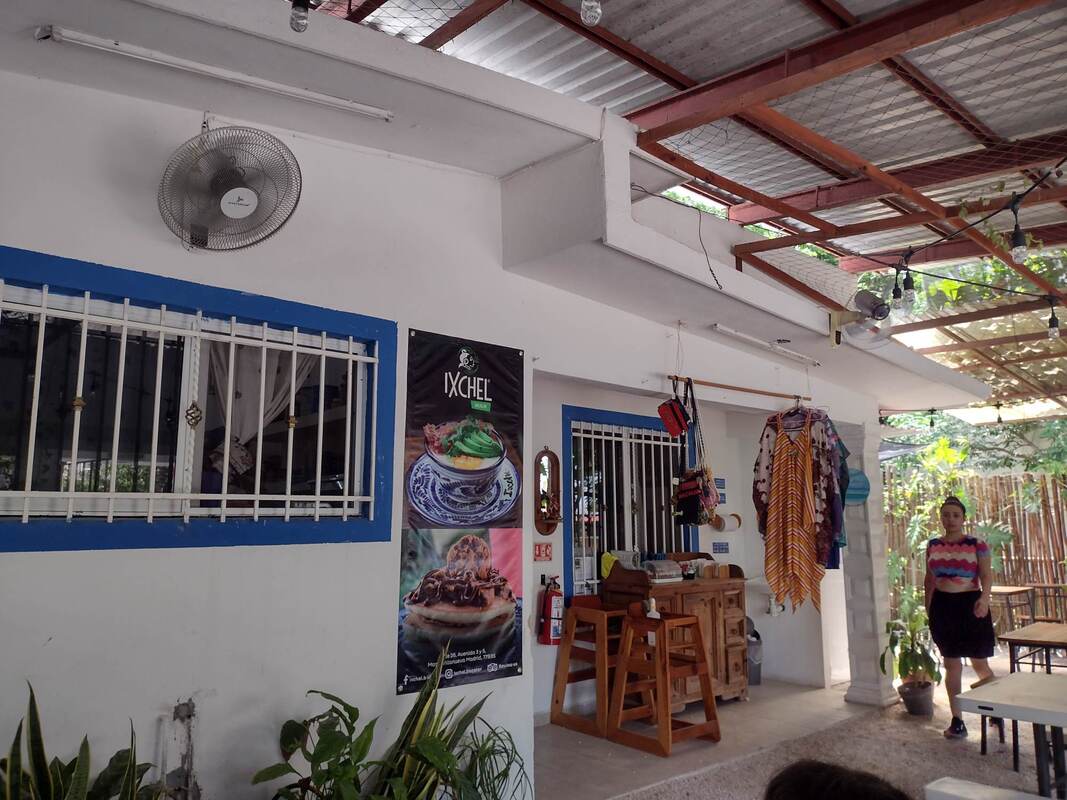
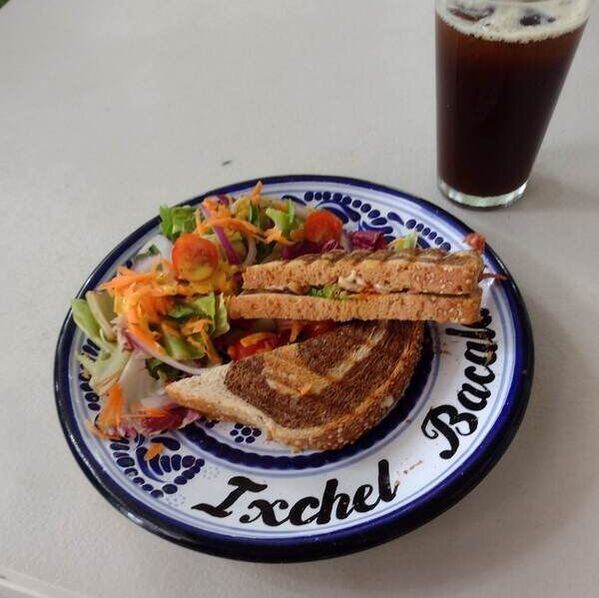
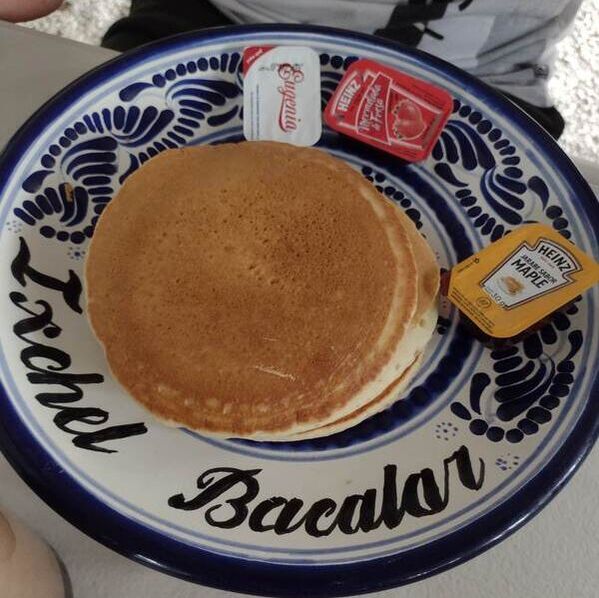
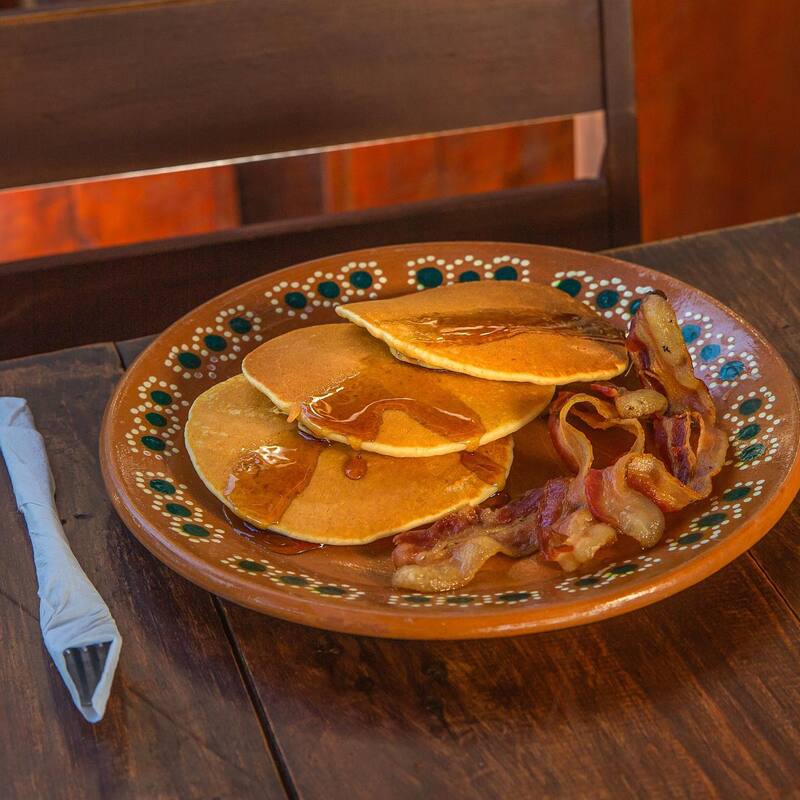

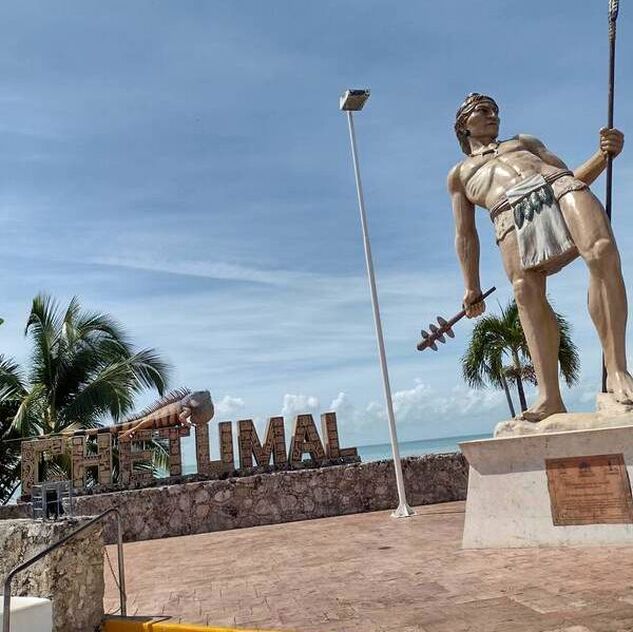
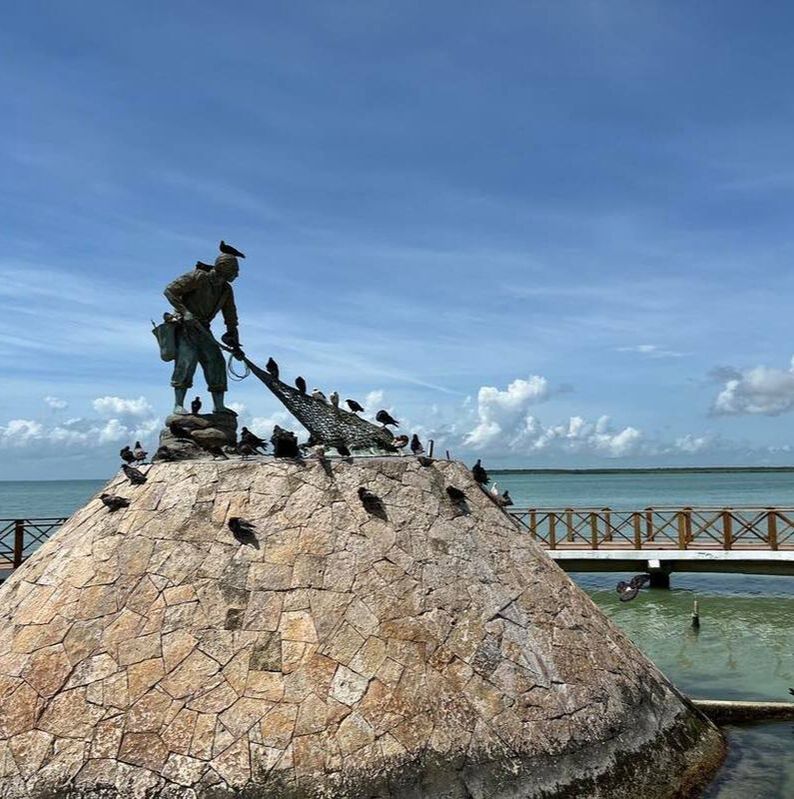
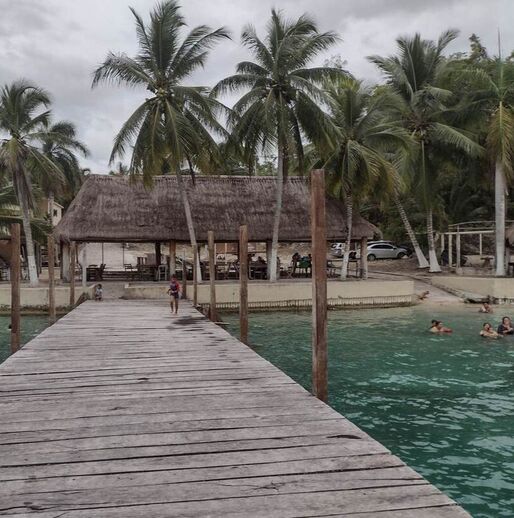
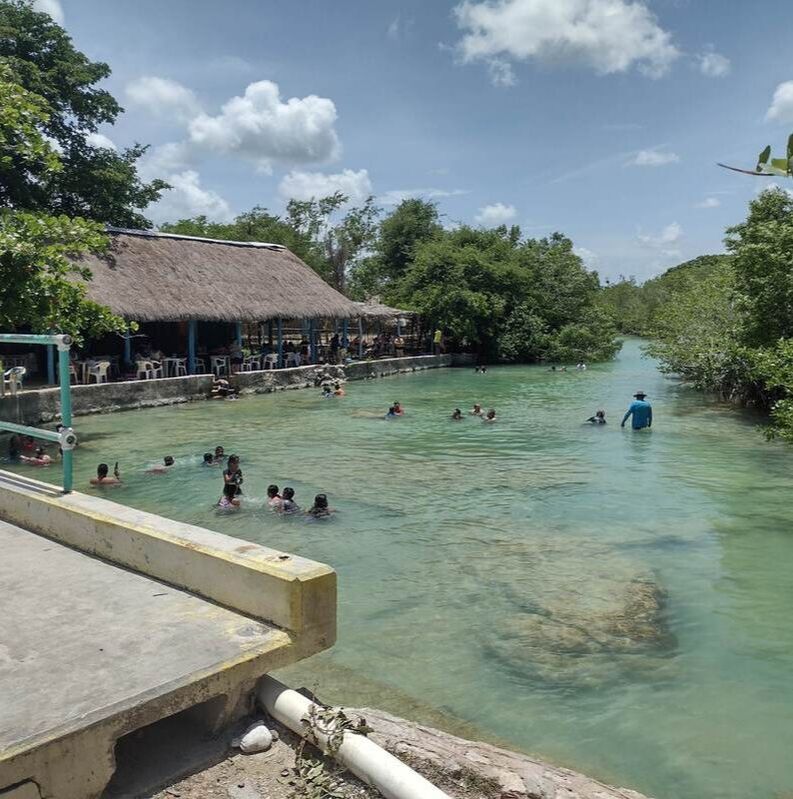
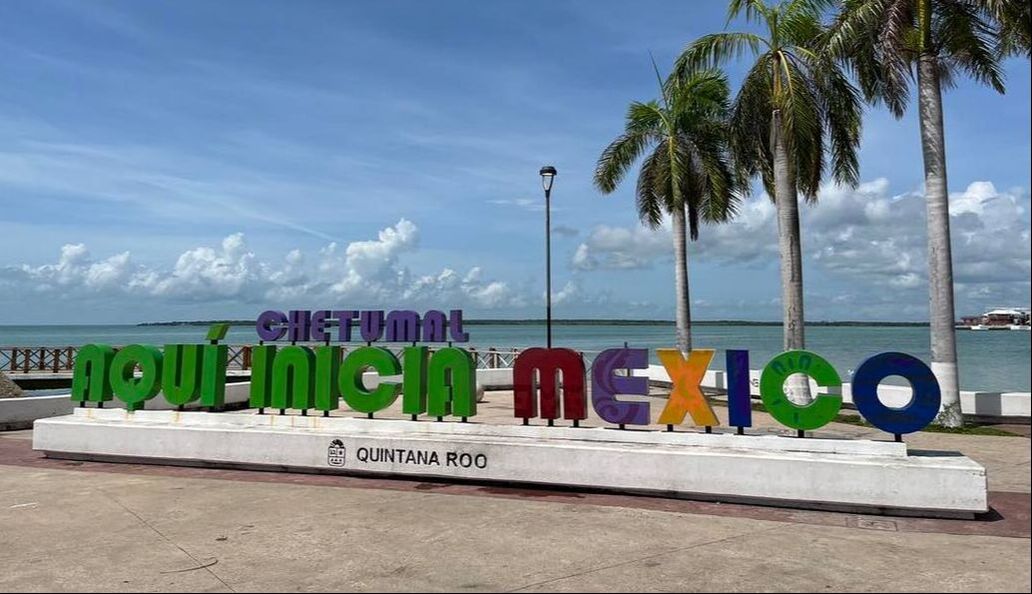
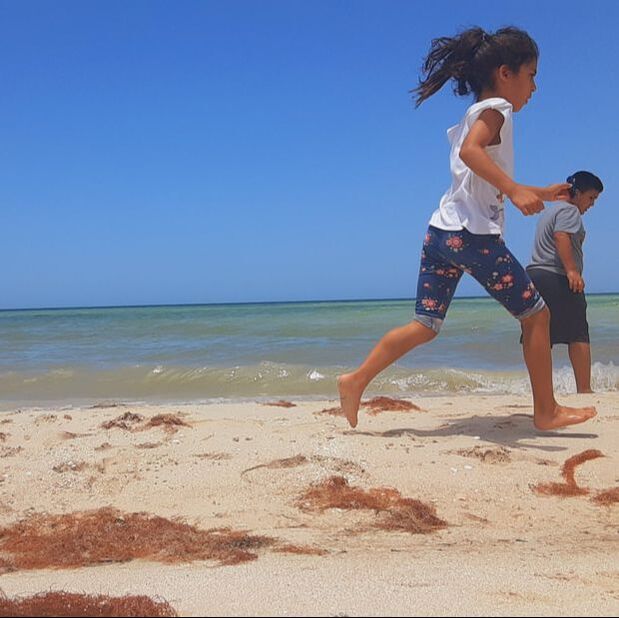
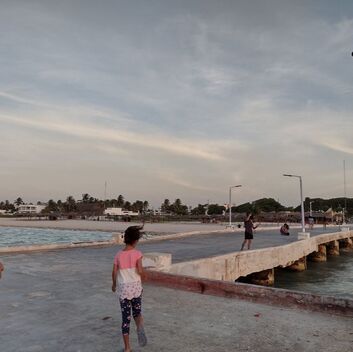
 RSS Feed
RSS Feed
